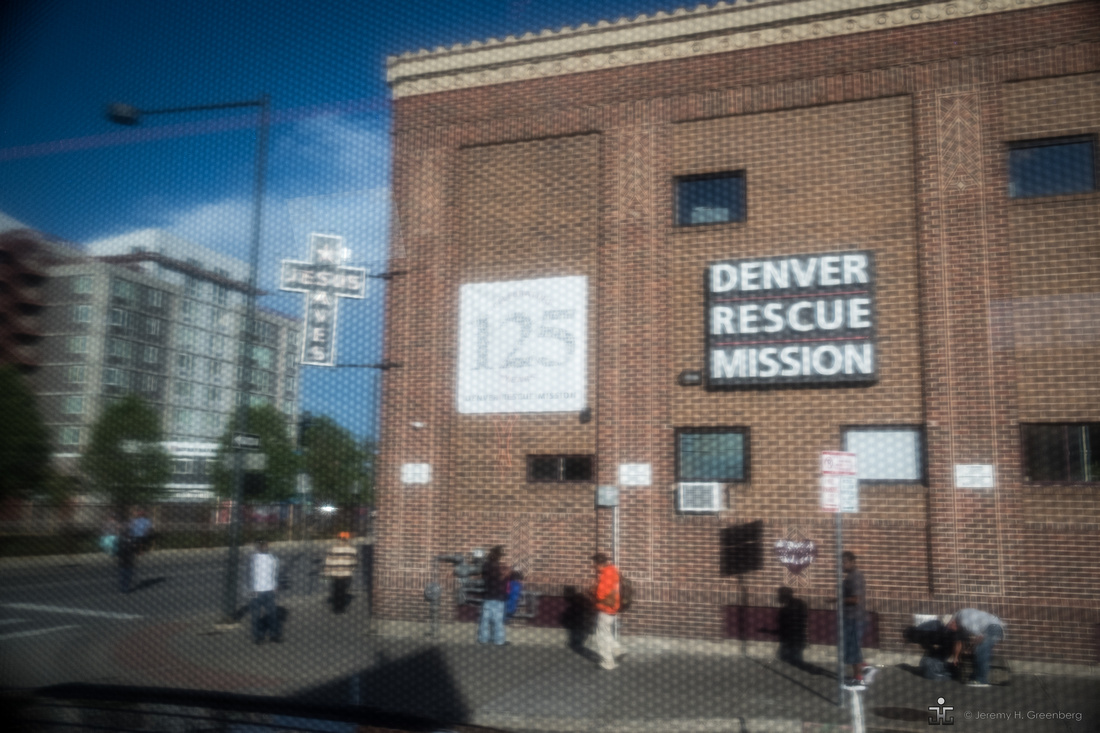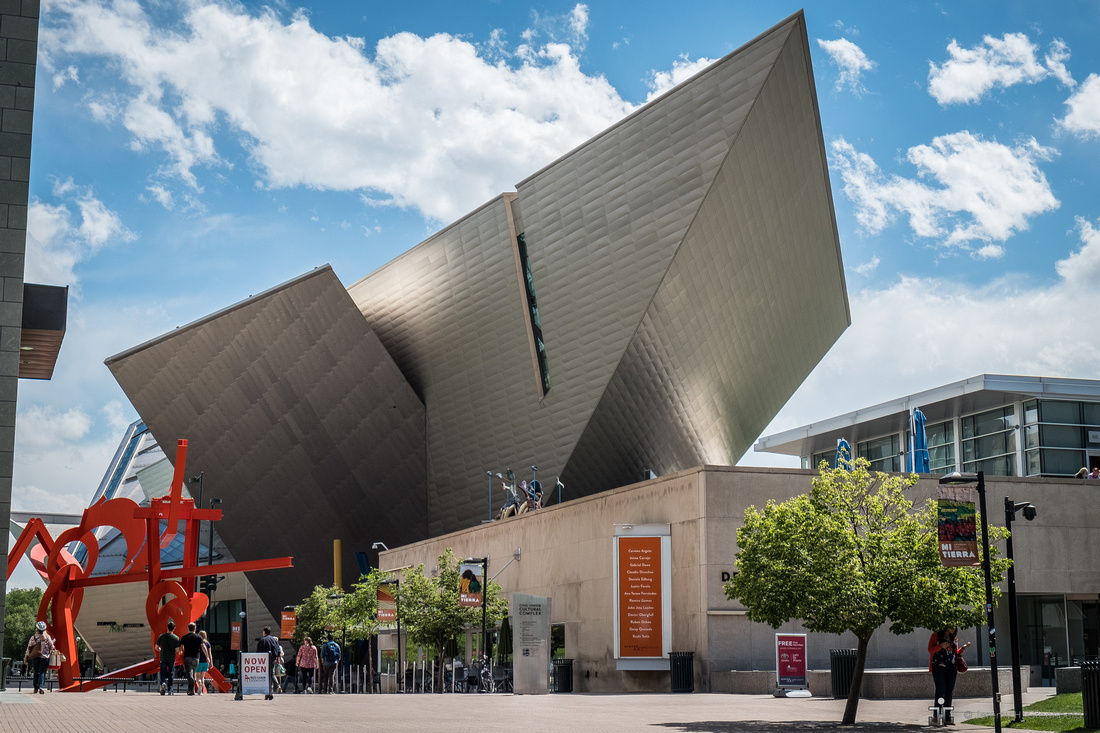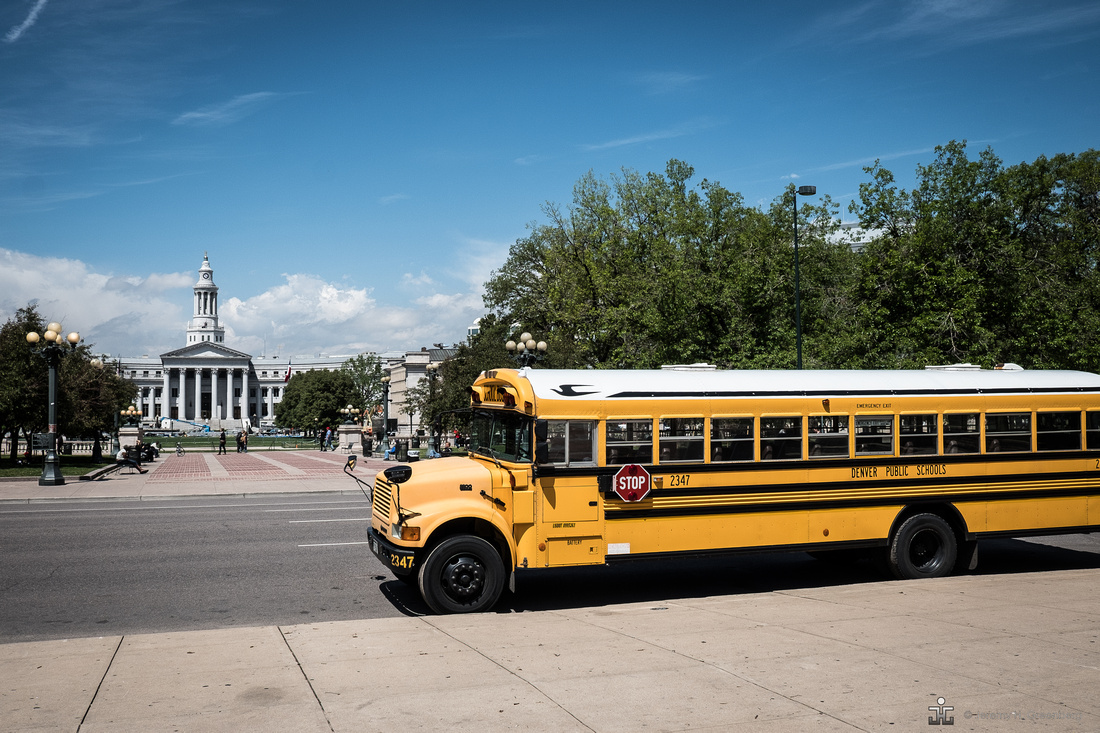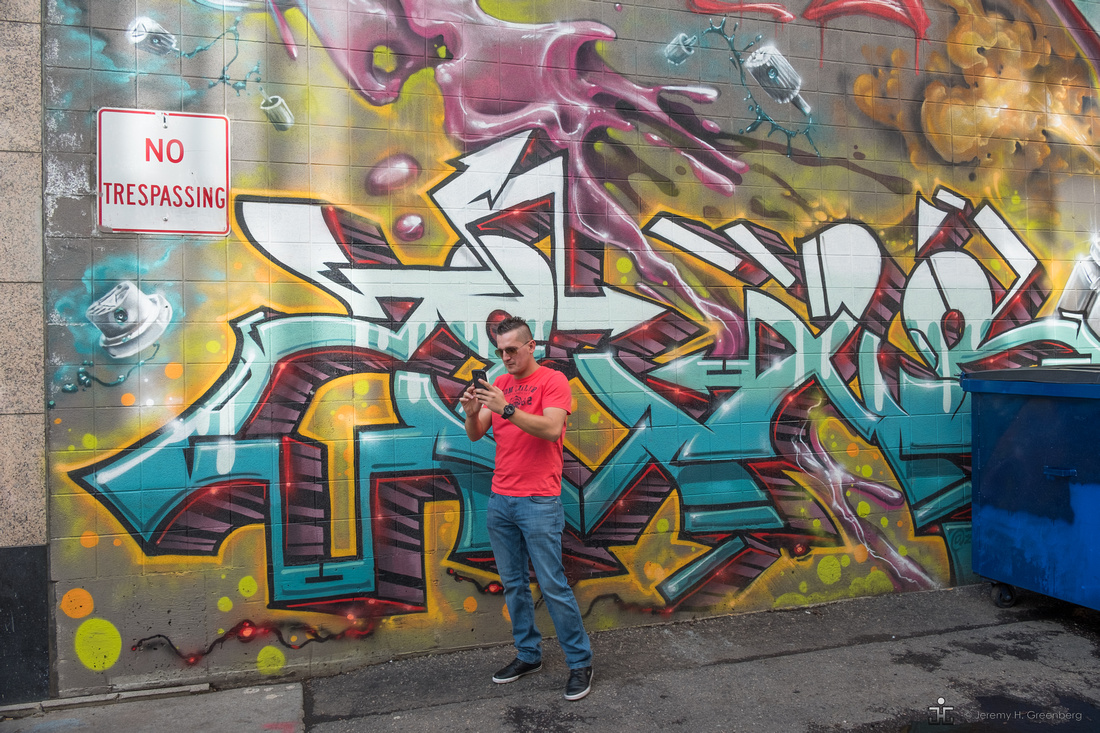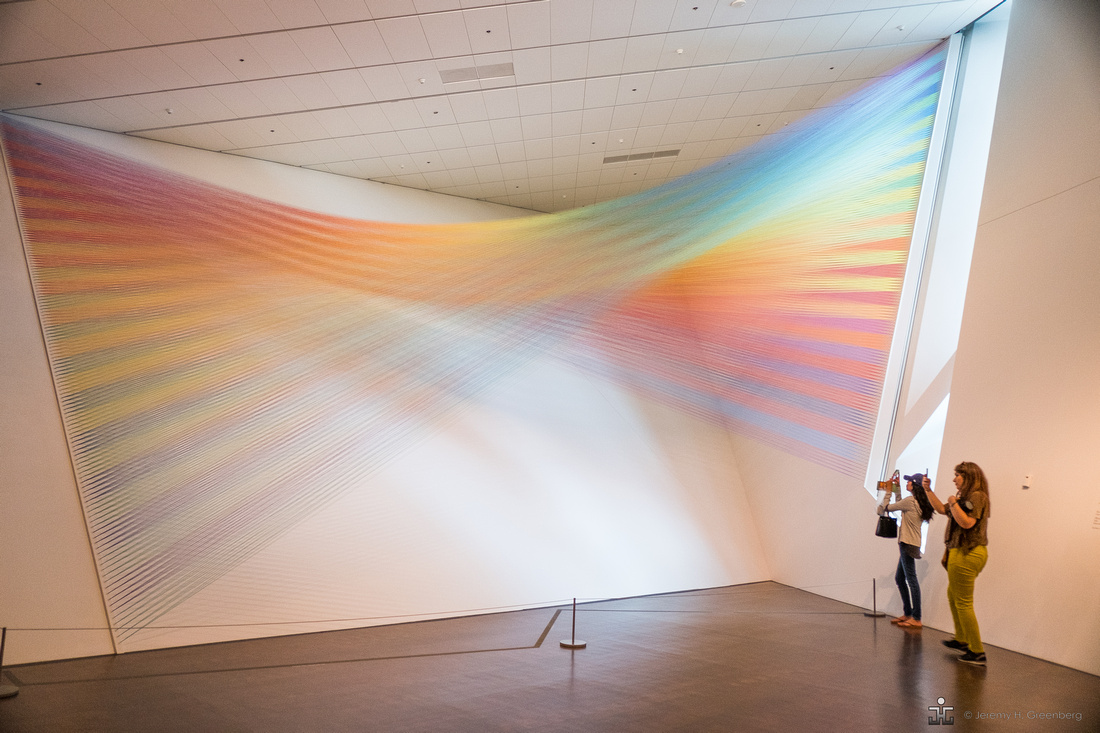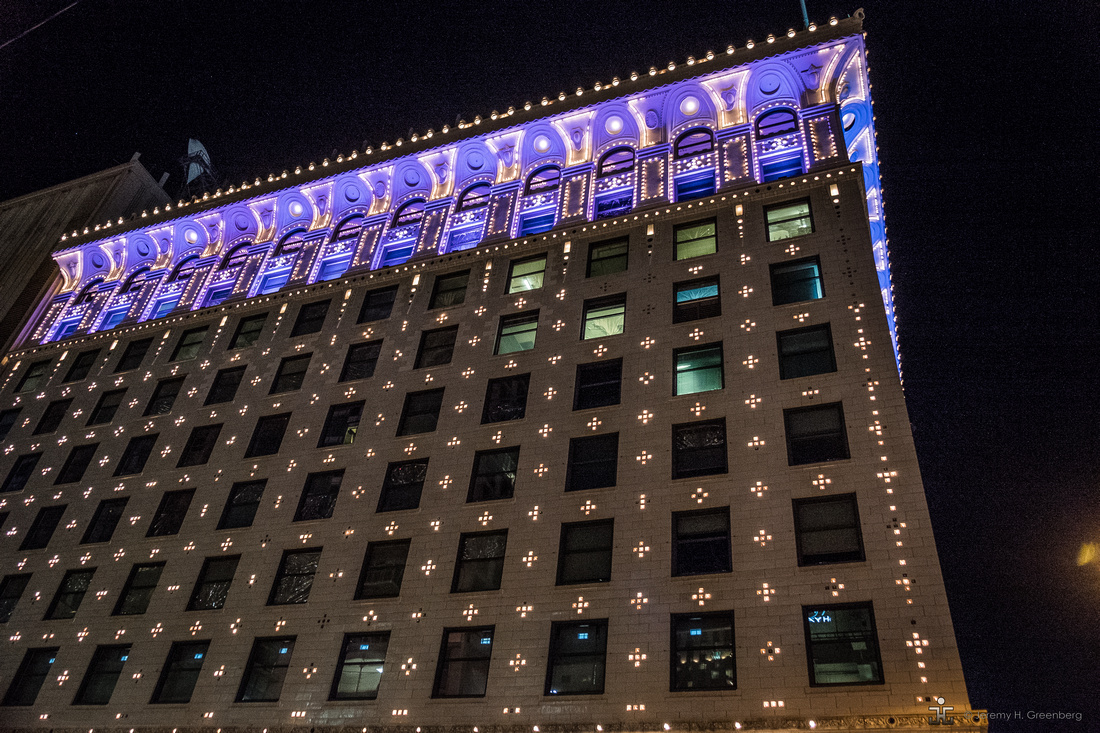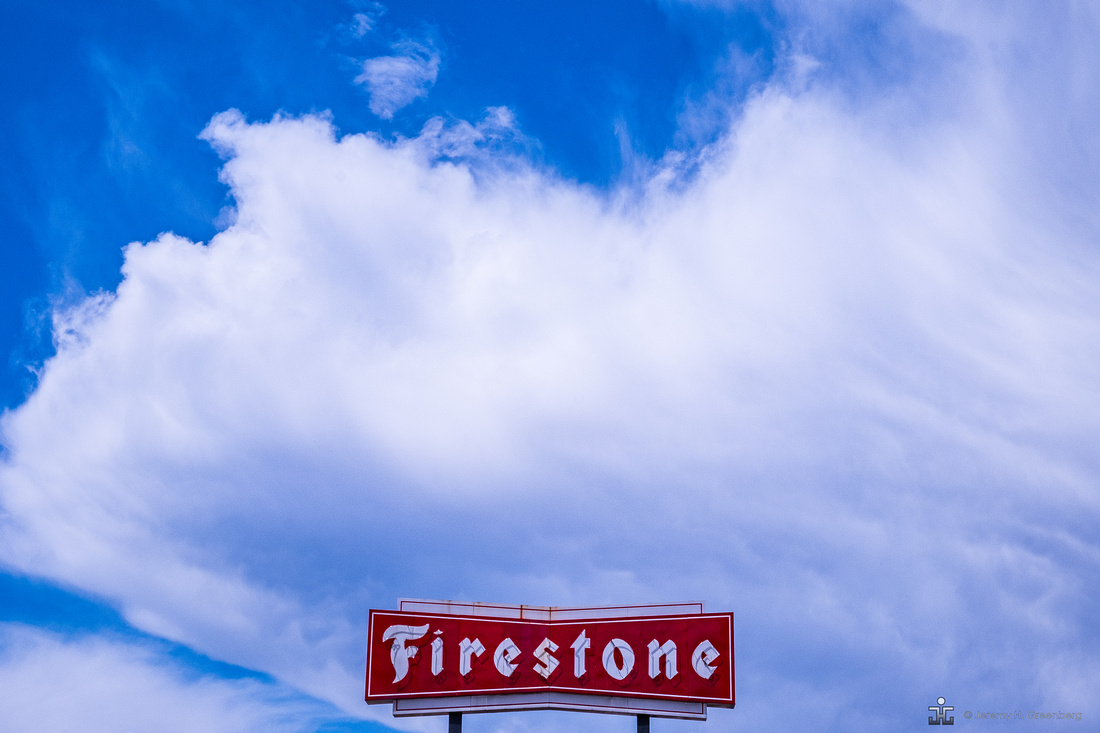Blog #67 Risks, Rules, & Restrictions
Blog #67 Risks, Rules, & Restrictions
A formal education in art and design that includes image making will expose one to "rules" that one should master. Mastery of these rules should result in pleasing image making compared to one that is ignorant of such rules. This is the prevailing logic. These rules are derived from an analysis or critique of many great images usually from paintings from hundreds of years ago.
The term "rule" is a bit of misnomer. Guidelines might be a more appropriate term. Most of these rules or guidelines pertain to establishing the subject of the image and placing that subject in the frame (compositionally) in an interesting manner. Images that "work" could be described as having consistency with (or nearly so) the guidelines for what makes a good image.
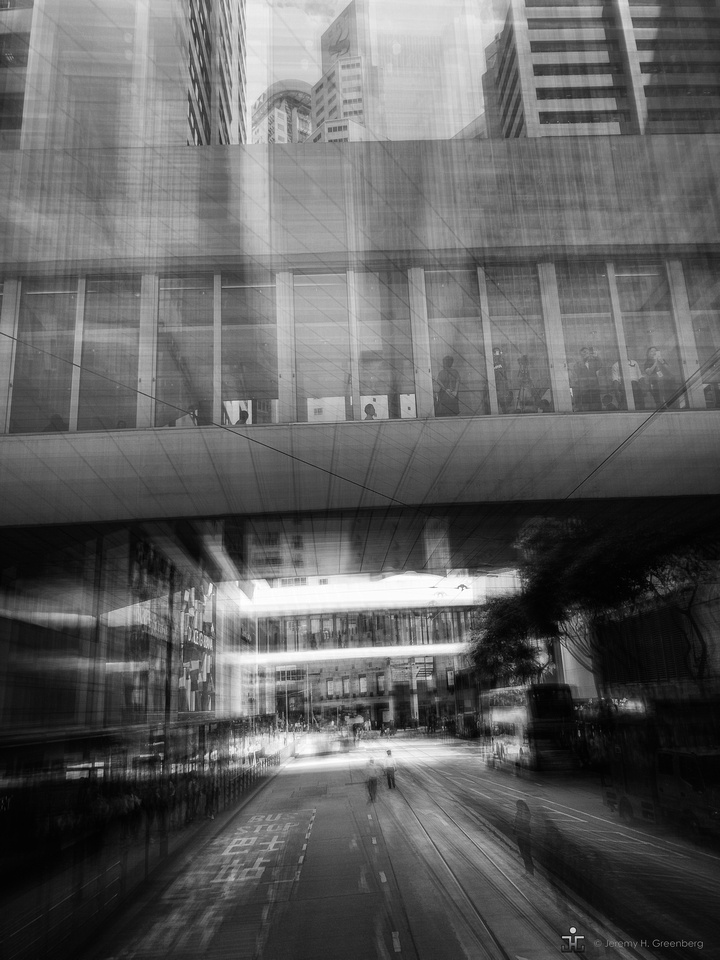

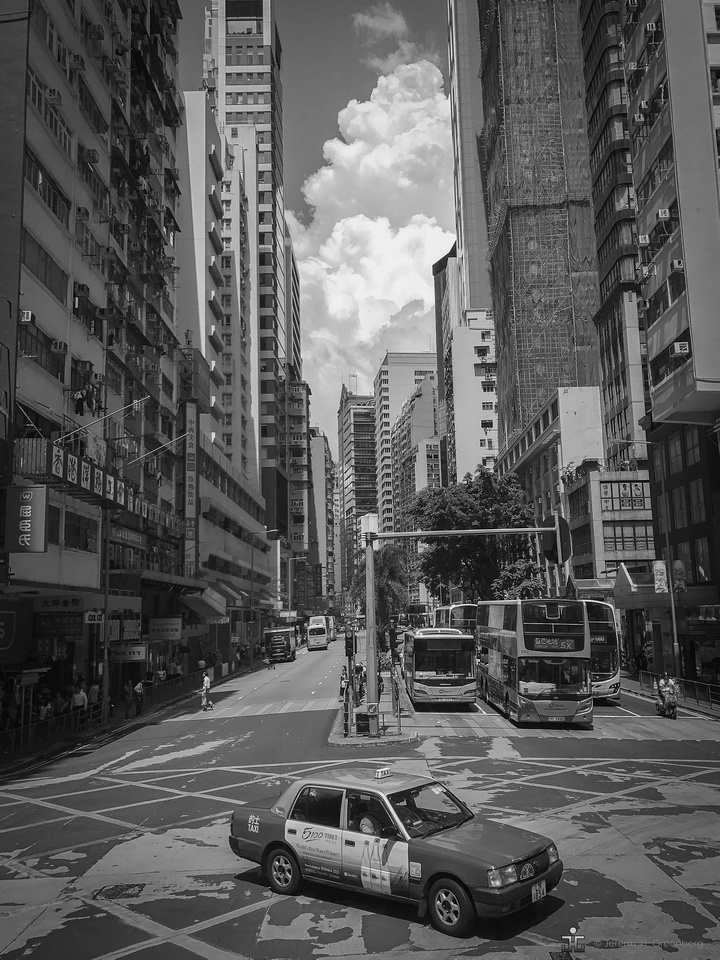



The counter point to this approach was best stated by the great Ansel Adams.
"The are no rules for good pictures,
only good pictures”.
So where does that leave us? Learn the rules or throw them all out of the window, screw the rules and the text books that wrote them and find your own path as an artist? Well, in short, yes and no.
A formal or informal study of art and what makes good art (critique) is like learning to cook. There are underlying practices and combinations of ingredients that are generally pleasing to most pallets. These are accepted "norms" and found to be present in most dishes that most people appreciate. These ingredients or combinations and cooking techniques have been distilled and extracted from some of the worlds most popular dishes.
For example, spaghetti and tomato sauce can be viewed as a staple dish. It works. It's delicious, and most people would agree. Spaghetti is also one of the first dishes that children learning to prepare their own meals might learn to make and for good reason. It's not that complex and many variations can be derived from its basic components.
However, the world would be pretty boring if we had to eat spaghetti all of the time. Mastery of basic skills and ingredients of cooking or photography is not only a good place to start, it might even a necessary place to start in order to develop a more elaborate repertoire of either creative pursuit. This is true of many creative fields such as music or acting.
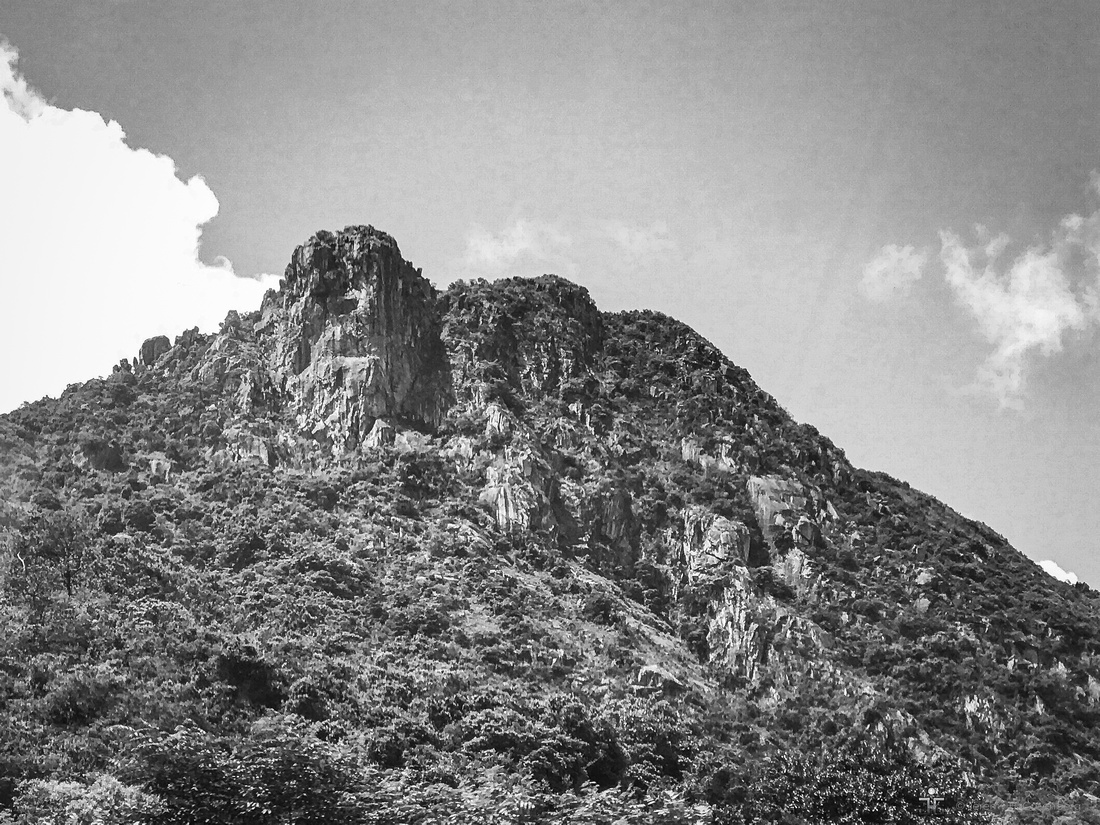

More elaborate images including complex compositional layers and control of depth of field, for example, are likely the result of mastery of the basics and the photographers continued application of those guidelines although in more complex and novel ways. There is more than one road to success or improvement for that matter but I have found this road works for me.
In conclusion, learn the basics and practice practice practice them to mastery. Then, intentionally break the rules, blaze a new trail, carve your own niche, and solve the climate change problem while you’re at it.
Take risks. Experiment. Impose limits on you're self like using one focal length only for the day, month, or year. Shoot film. Shoot in black and white only. Only shoot people. Make a plan and most of all have fun and for the love of photography share your work. Give it away for free.
Remember, the light is always right.
Jhg
*View the revised website: Click Here
Blog #36 Creative “Constraint”
Blog #45 Getting Intimate with Your Subject
Blog #58 Micro & Macro Education in Photography
Casualphotophile Tips & Techniques No. 001 - The Subject is the Subject


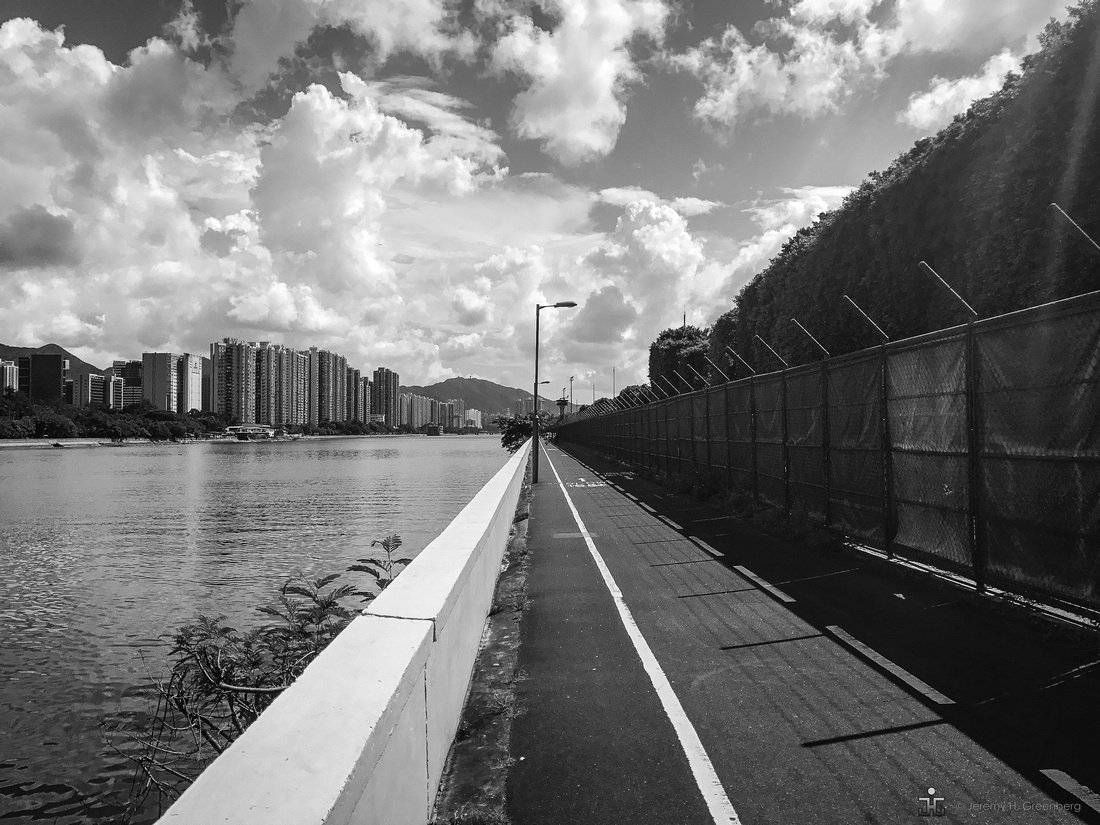

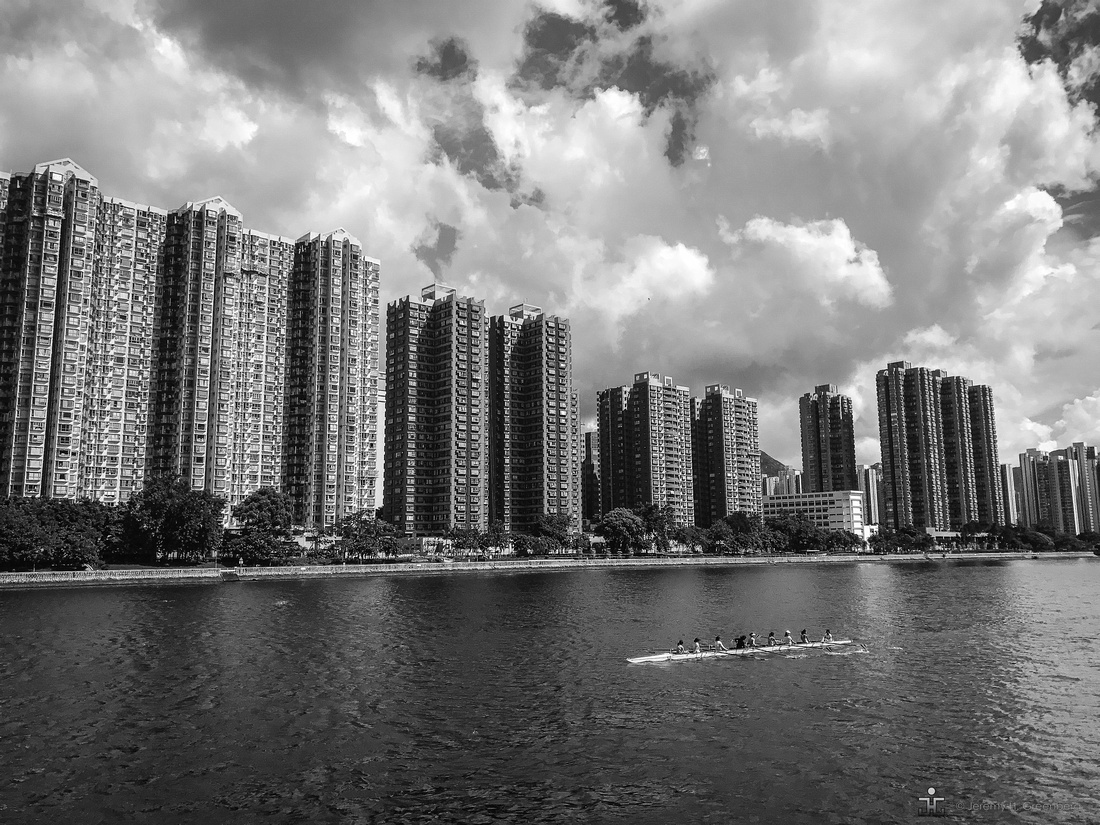

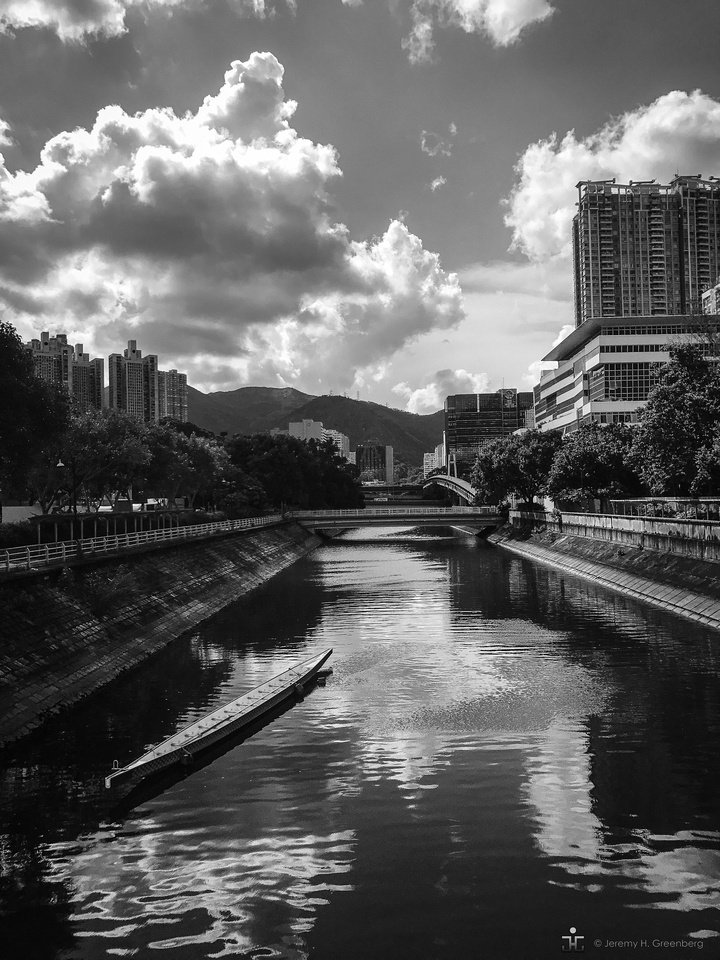

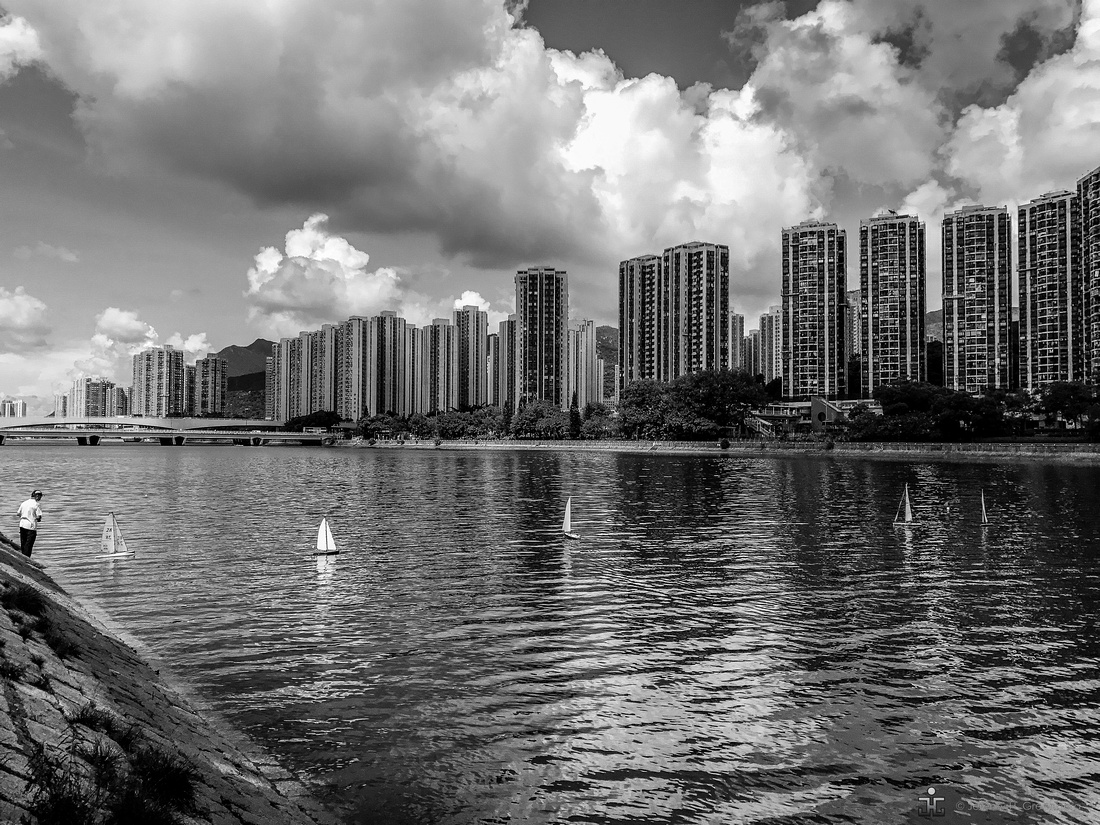

Blog #66 The Photographer’s Ethical Responsibility to Photography
Blog #66 The Photographer’s Ethical Responsibility to Photography
Ethics related to photography usually involves the responsibility of the photographer to the individual being photographed. In most places, people in public can be photographed and images can be used under a fair use clause. For commercial purposes when money will be exchanged or for marketing or promotional reasons, written permissions are usually required. Model releases and property releases are necessary for commercial purposes. For more on this subject, check out Blog #14 & Blog #15.
What about the photographers’ ethical responsibility to photography itself or other photographers for that matter. Do we need to give back? I would argue that yes we do. While there is nothing wrong with shooting for oneself and the hobbyist and/or amateur does just that without constraints. The professional photographer, however, ought to answer to a higher authority, so to speak. It’s simply the right thing to do.
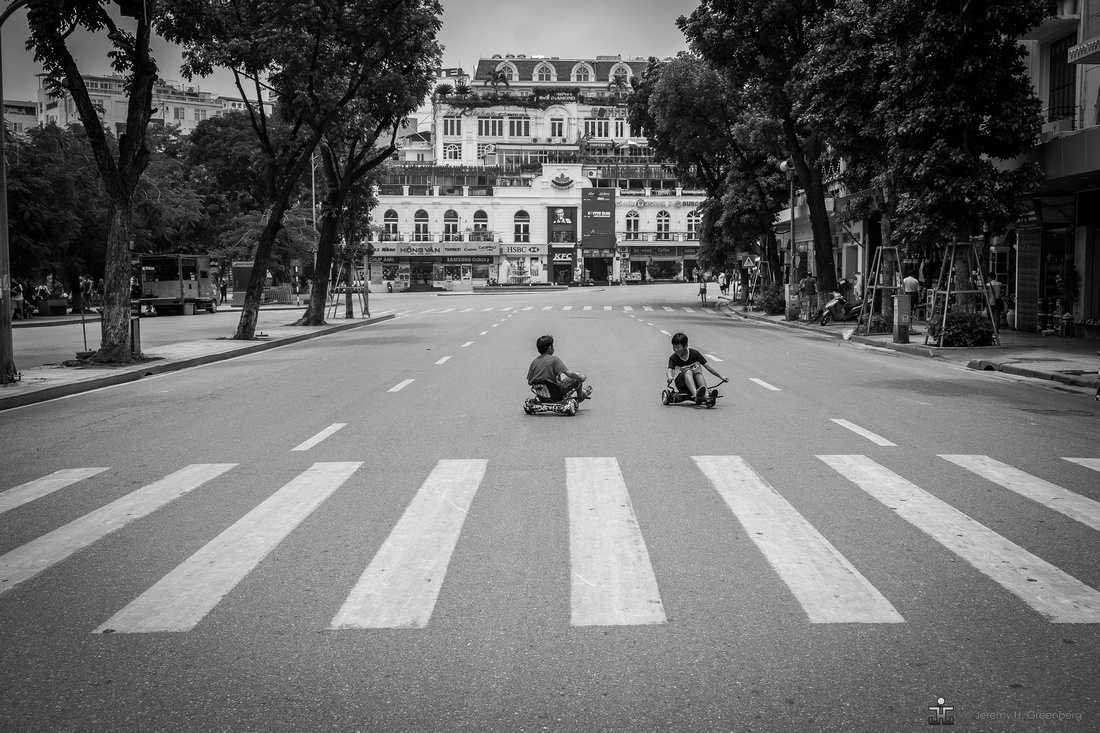

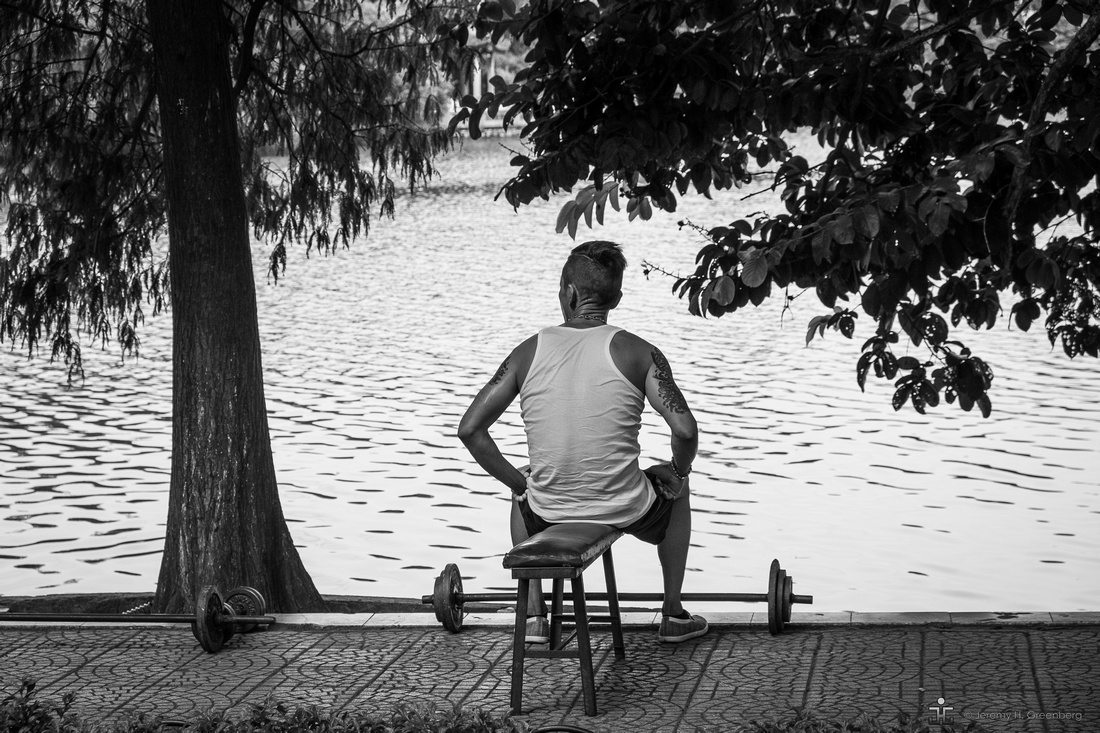

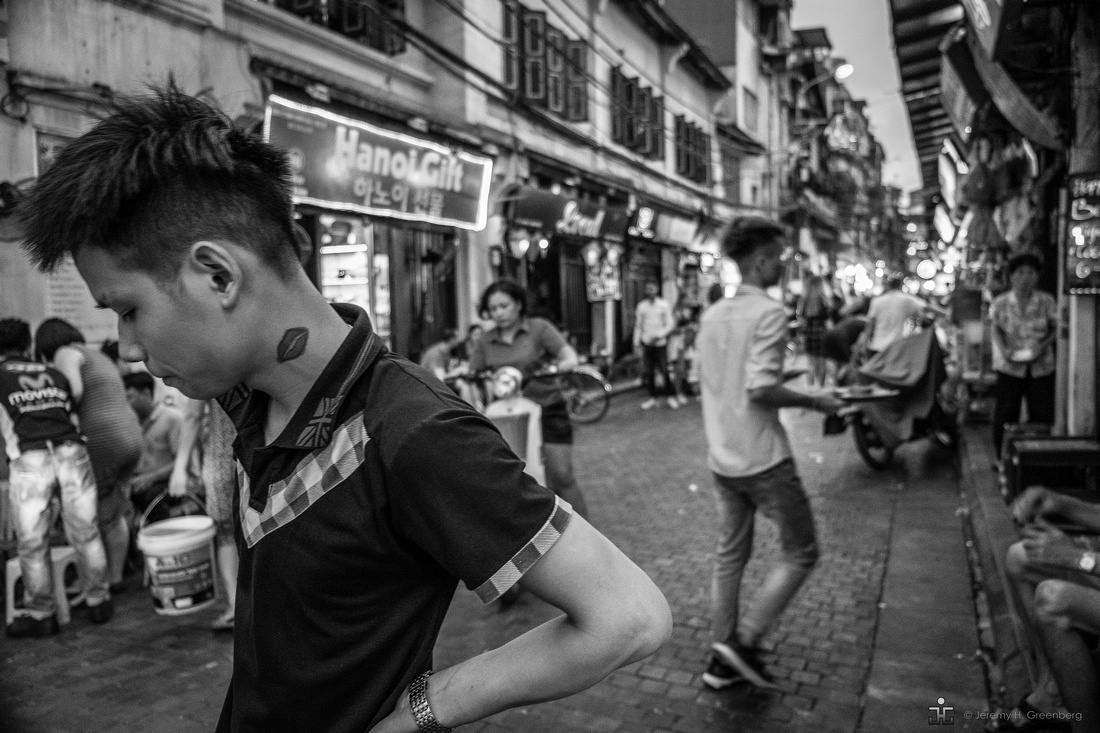
 Printing and sharing images for friends, family, and others can be fun and helps to give photography a good name. John Free, street photographer from LA, takes this notion one step further and would say that if you do not share your photos “You’re a punk!”.
Printing and sharing images for friends, family, and others can be fun and helps to give photography a good name. John Free, street photographer from LA, takes this notion one step further and would say that if you do not share your photos “You’re a punk!”.
He goes on to posit that photography is a gift. I agree.
Photography is a gift that should be shared. As professionals, we have an obligation to do so. There are multiple ways in which we can share and give back to the field. Critique, prints, classes, workshops and tutorials, or simply being a supportive and positive force through social media are but a few vehicles in which photographers can communicate and return the gifts that have been given to them.


I have been fortunate to be involved in a photography series of classes through an international school in which I work. Teaching students to shoot, develop, and print film has been an immensely rewarding experience. I find enjoyment in sharing images and prints of my friends and family. Sometimes I will go the extra mile and get the prints framed professionally before giving them away. People really enjoy the gesture and I get a kick out the experience of sharing my images.
My fiend Mike has a small Instax printer and snaps photos, prints, and hands them out along the way. This is exemplary and helps to establish the act of photographing people (even strangers) as a fun, harmless, and collaborative process. More photographers should do this sort of thing. Everyone would benefit from this type of selfless sharing.
“I wish I hadn’t given away so many of my photographs”, said the photographer on their deathbed, never!
Shoot
Share
Repeat
I think I will get T-shirts made with these words. Would you buy one? What size are you? Orders start soon.
Remember, the light is always right.
jhg


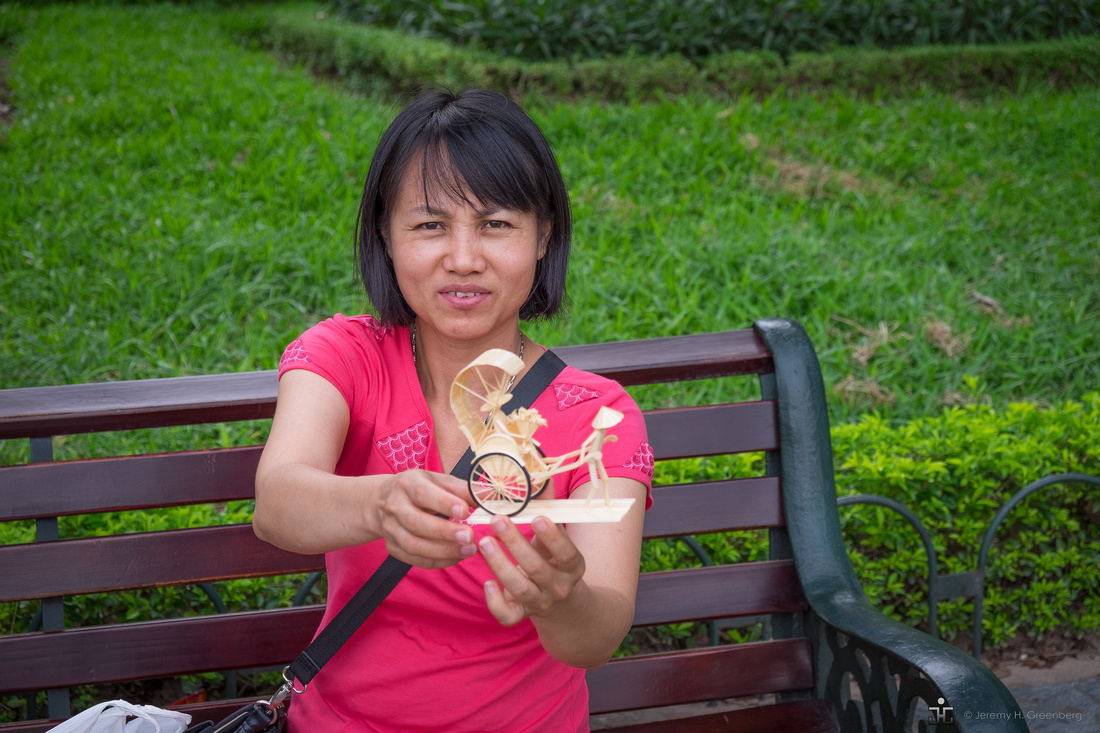

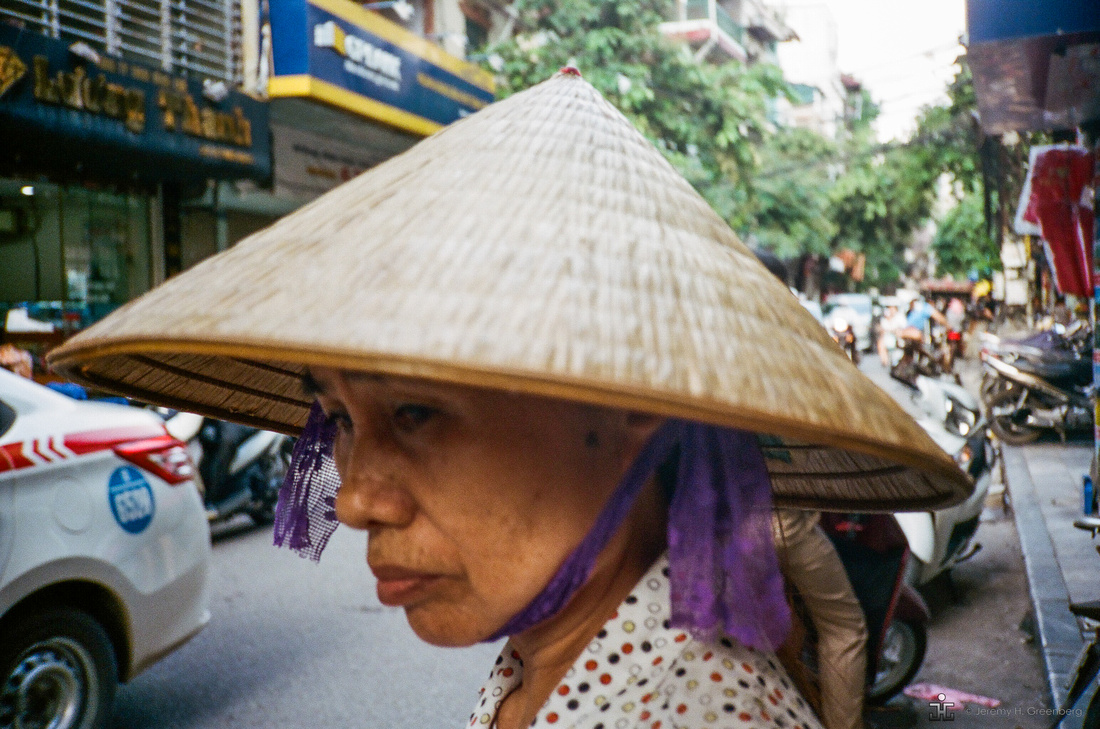

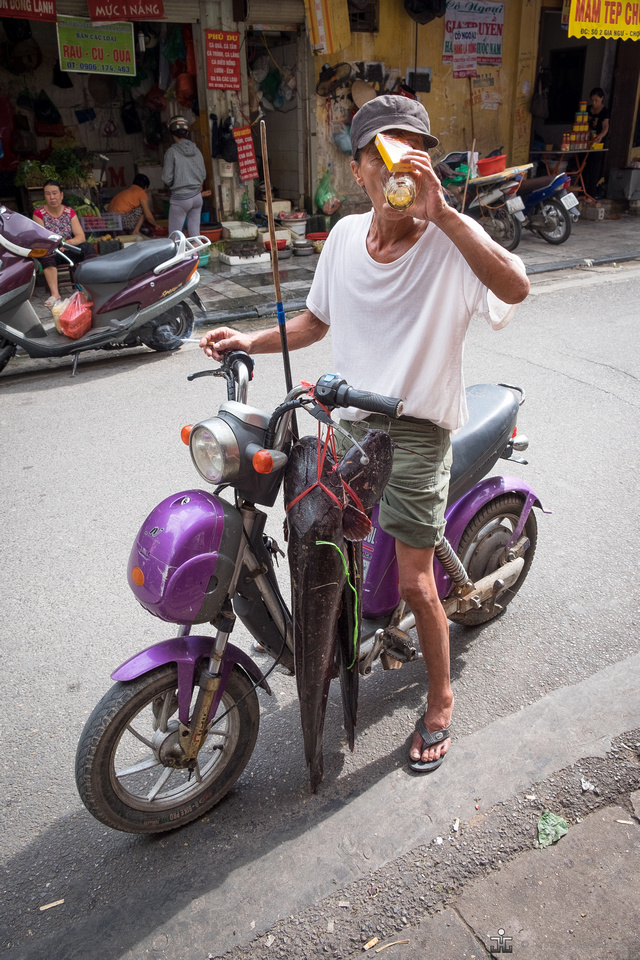

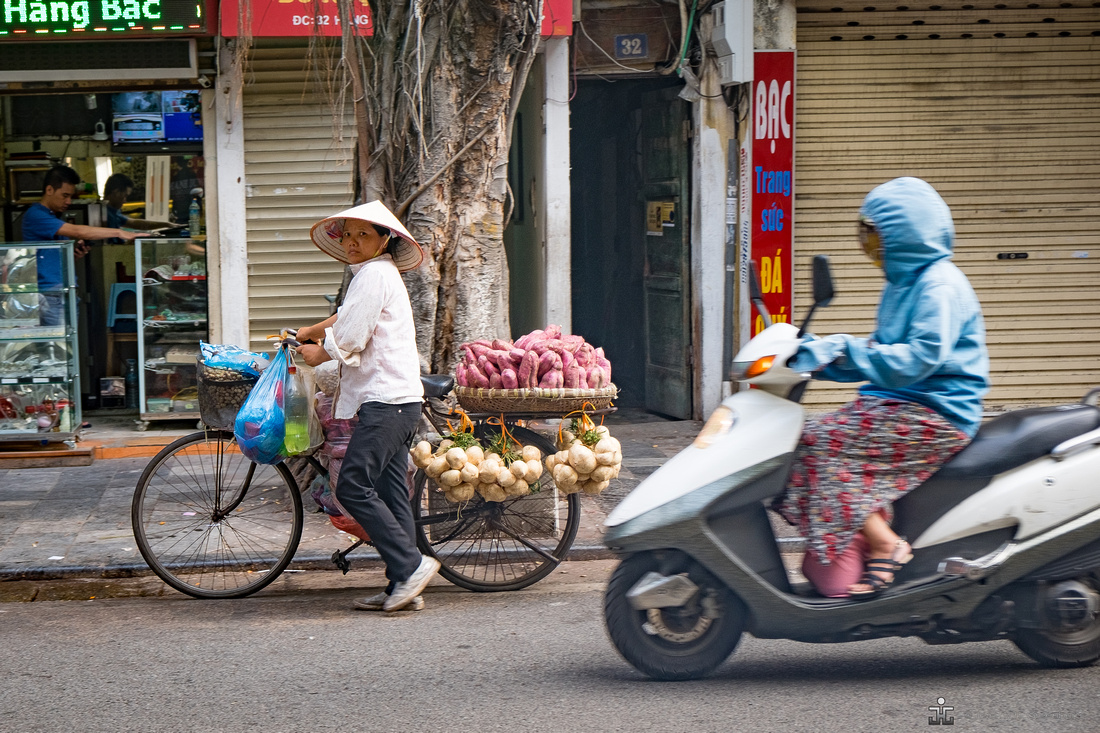

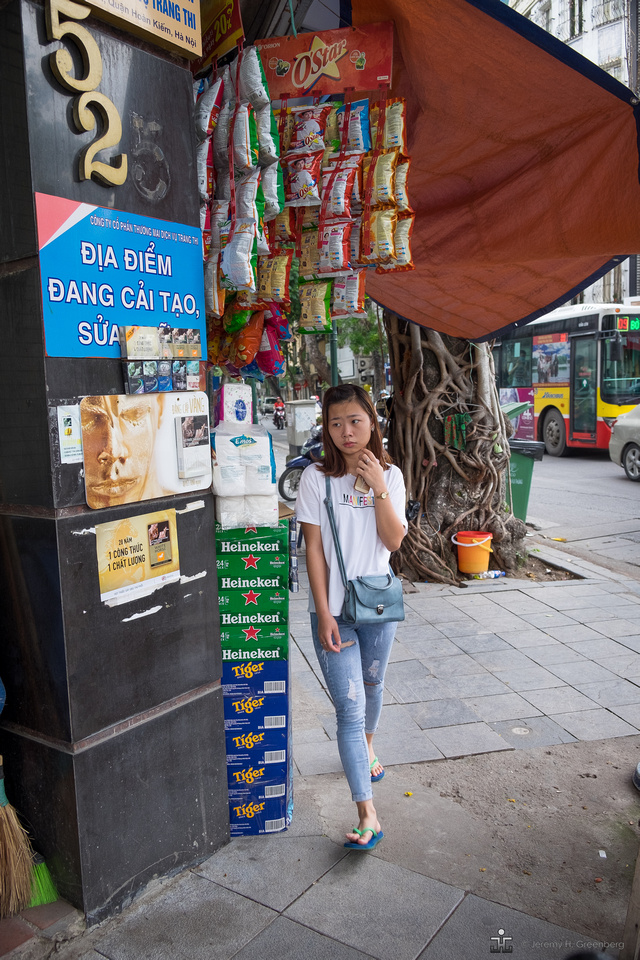

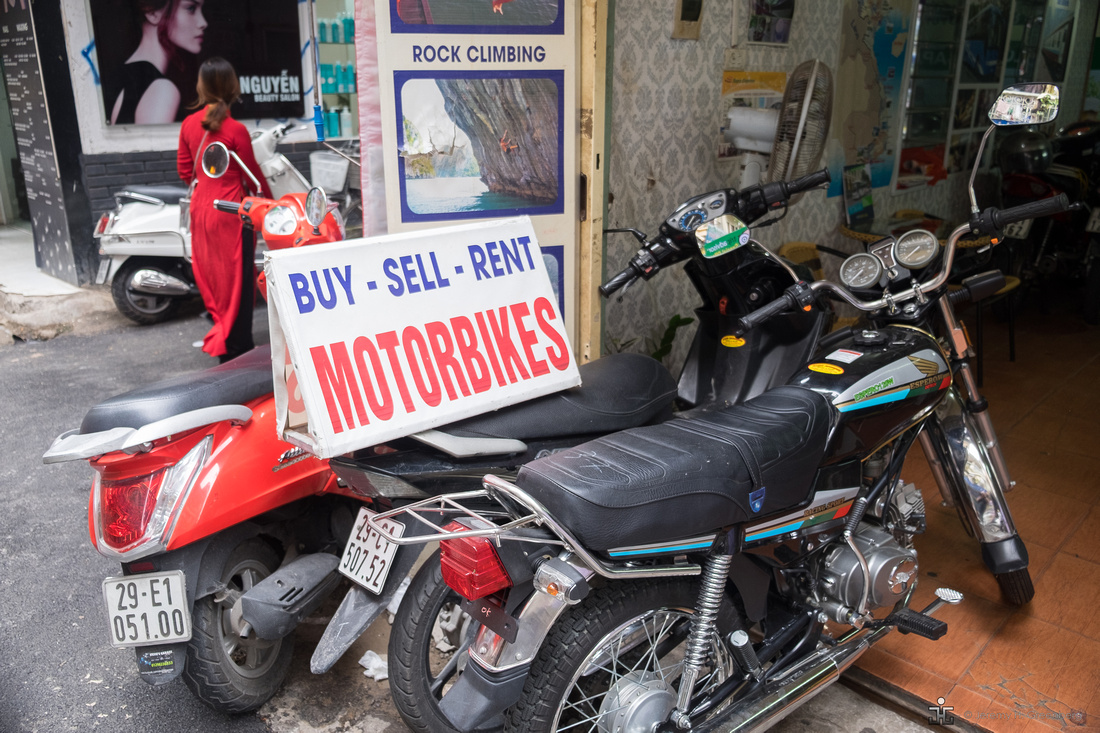

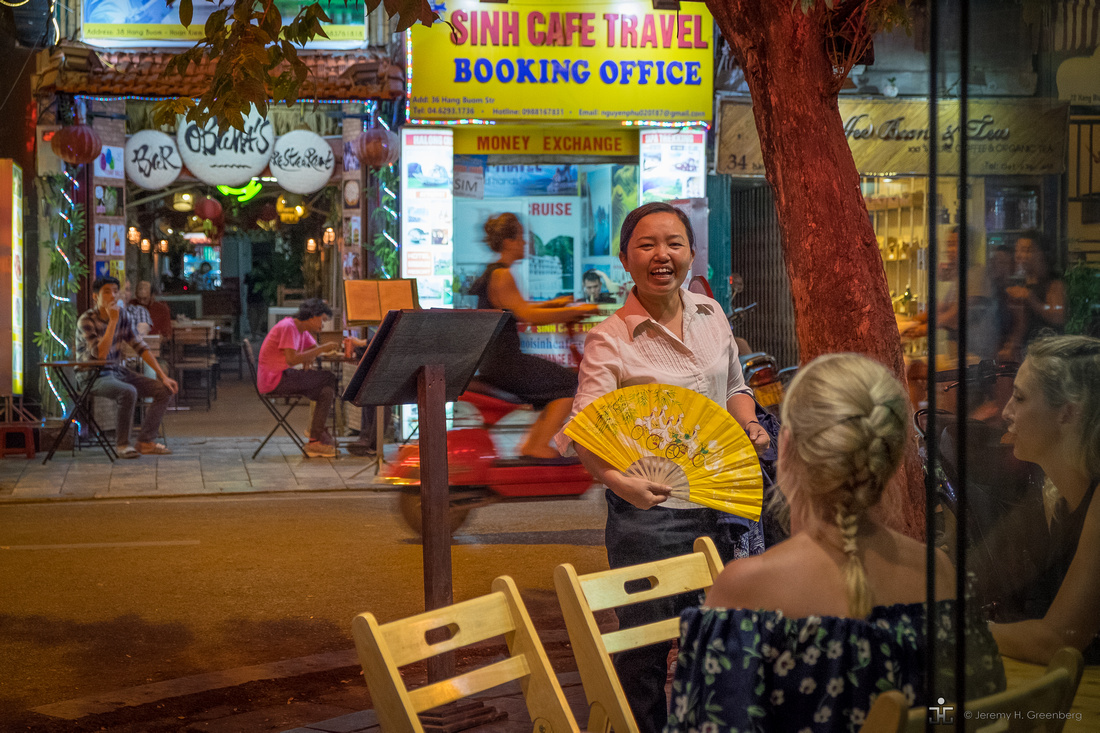

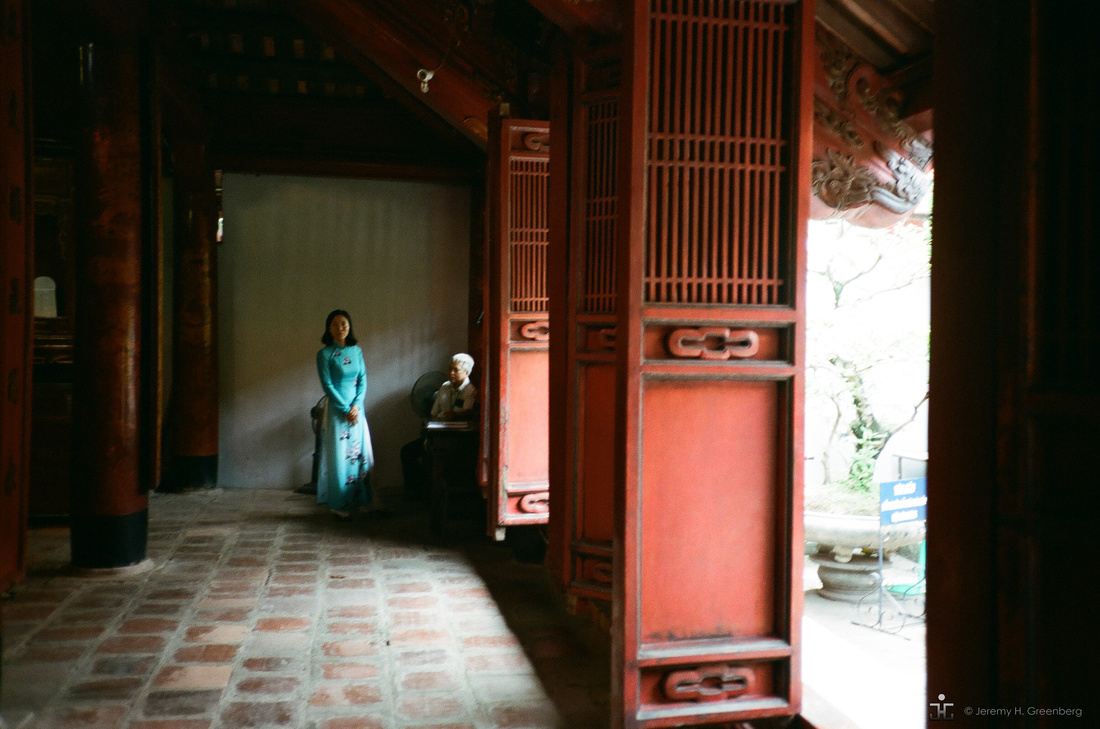

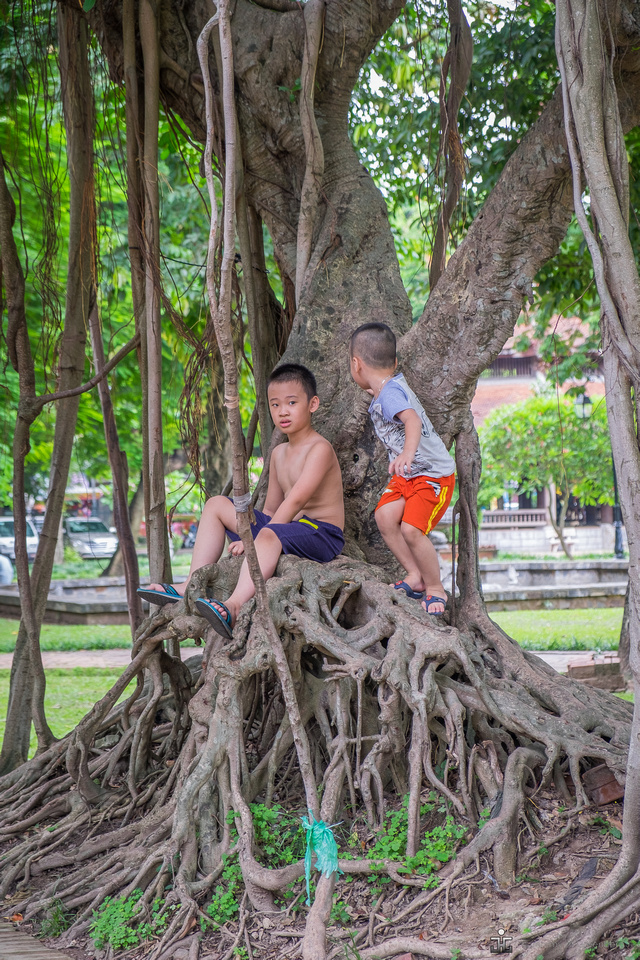

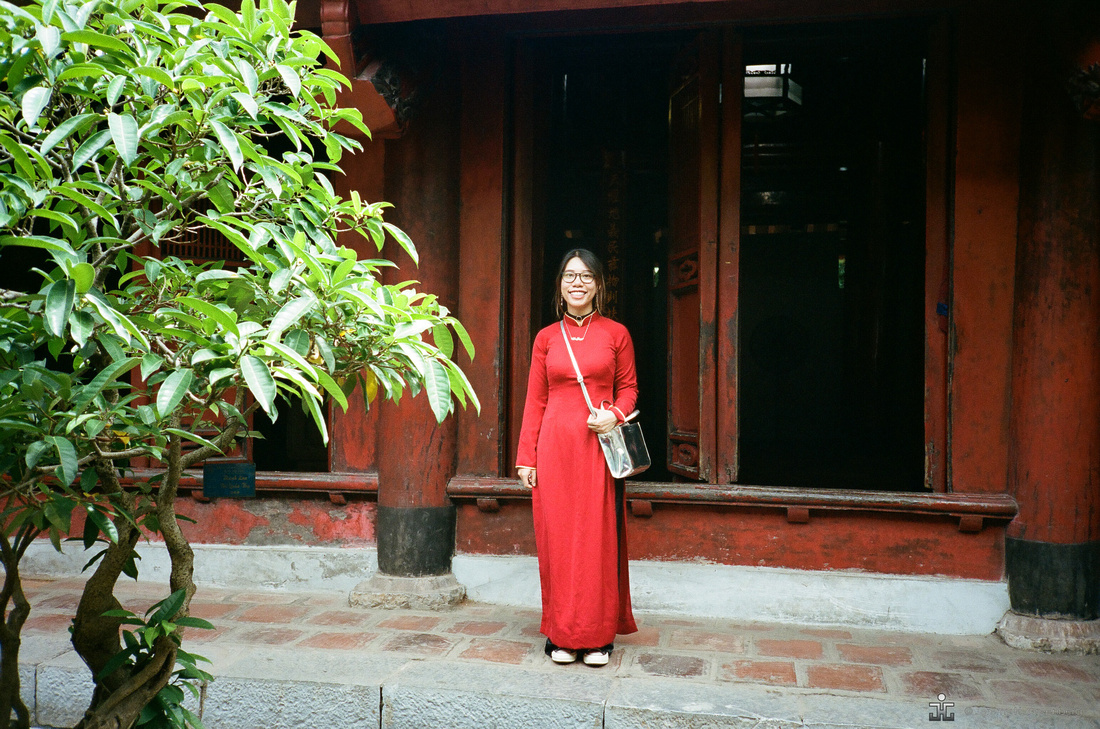



Blog #65 Summer is for Travel to Somewhere New (Hanoi)
To extend your skills as a photographer, it’s common to hear:
Buy books (and travel), not gear.
I agree with this directive and would add that travelling to someone new has some distinct advantages that should lead to improvement. When you travel to a new place for just a few days, you can’t see everything. Therefore, you need to make some decisions about what to do (and shoot) and what not to (and not shoot). Weather should be a factor in your decisions. You might get lucky, or you might not. That’s the beauty of the situation, you never know what to expect. You might have a plan or you might not. Either way, having a suitable camera and lens that works for the environment that you’re in will lead to some interesting interactions. Regarding gear, bring back-up by all means. Smartphones count.
How will the locals respond to you? What are the rules of engagement and attitudes of people in this new place? Do I want to shoot people, buildings, food, or all of the above? These are but a few of the questions that you might need to discover when shooting aboard far from home, out of your comfort zone.
This summer I went to Hanoi, Vietnam. It’s an absolutely amazing place. The 1000 year old capital city has about 7 million people and 3 million motorbikes. It’s a blend of old French colonialism and modern day Asia. The food is outstanding and the coffee…out of this world! Their home grown coffee was some of the best I’ve ever had and I’m admittedly a bit of a coffee snob (life’s too short to drink crap).
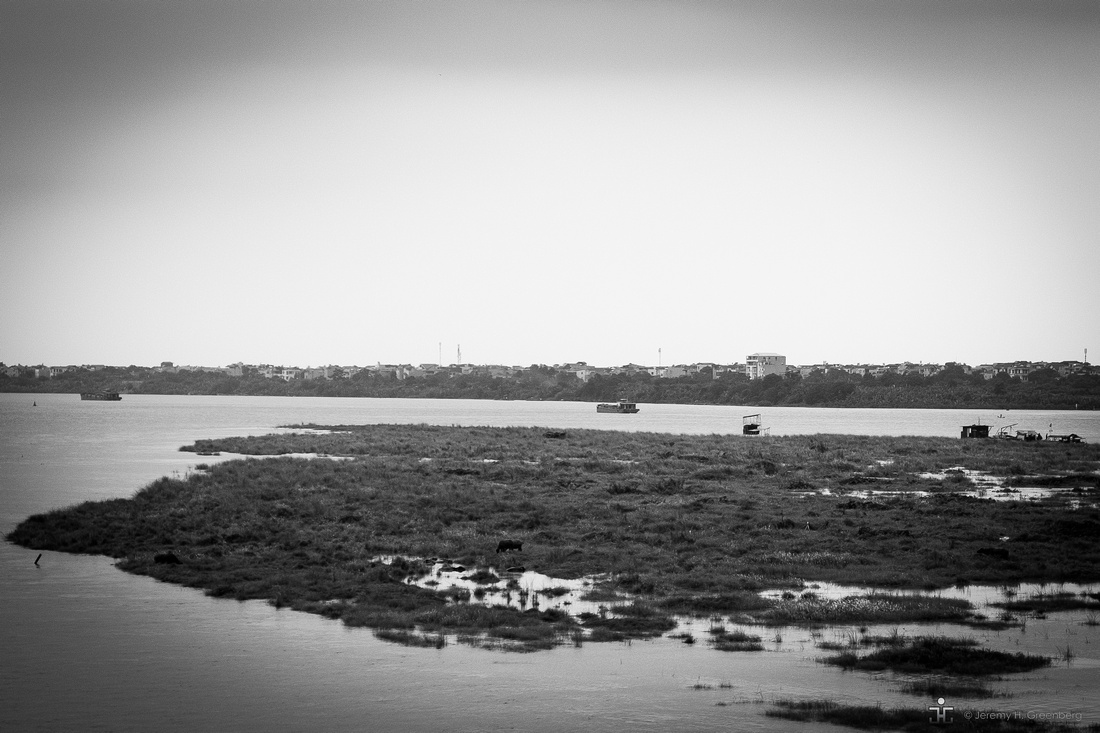

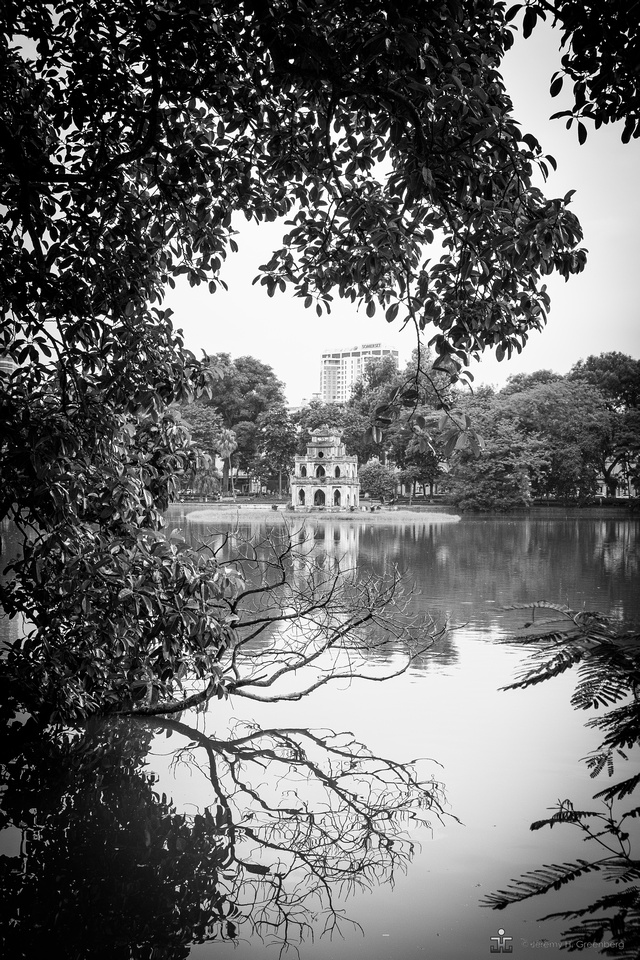

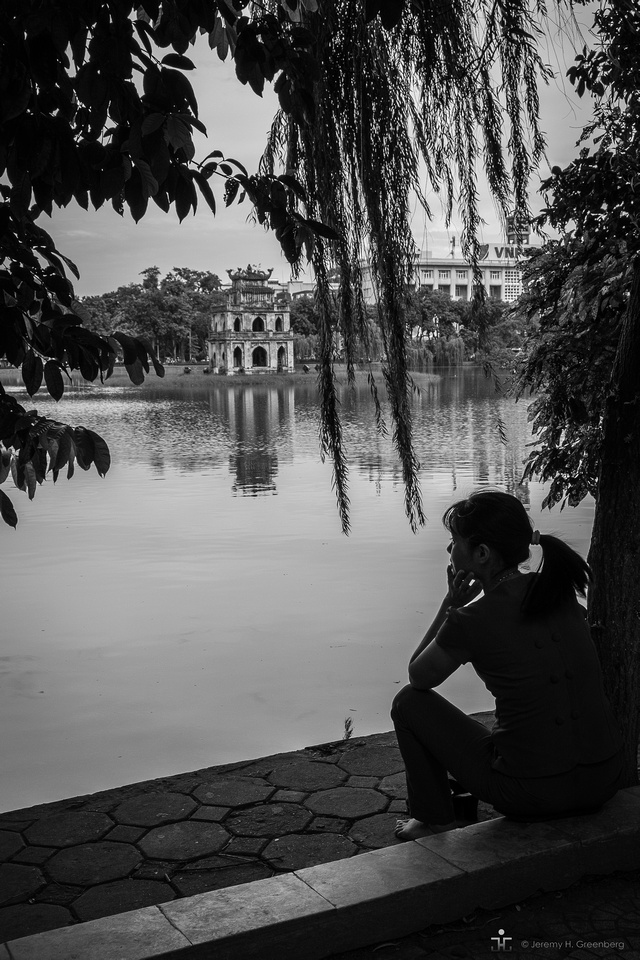



In this post and third of a series on summer travel, I would like to encourage your travelling to someplace new and make photos there. The mere act of doing so will force you to make all types of decisions that will exercise your brain and get you thinking about photography again in a fresh way. You will meet new people and maybe make some friends. One of the keys to a long and happy life is social connections. It’s not money, or personal possessions, it’s people and connections. Your camera is your passport to friends, happiness, and life. Use it!
Remember, the light is always right.
jhg


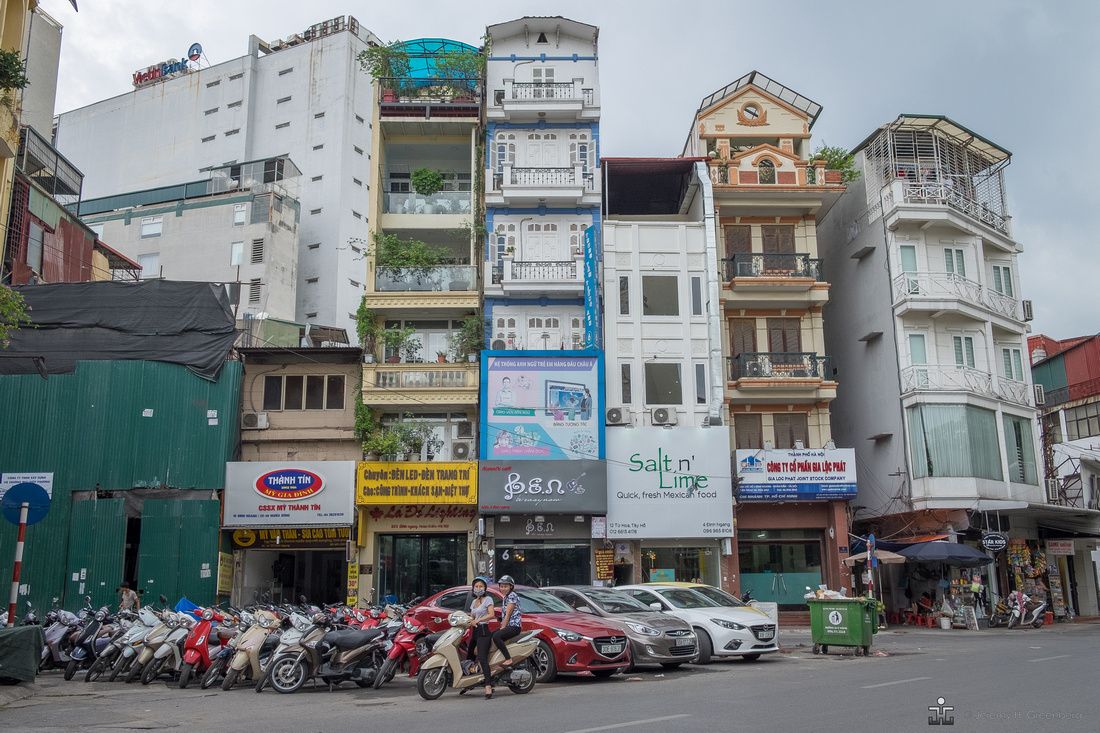

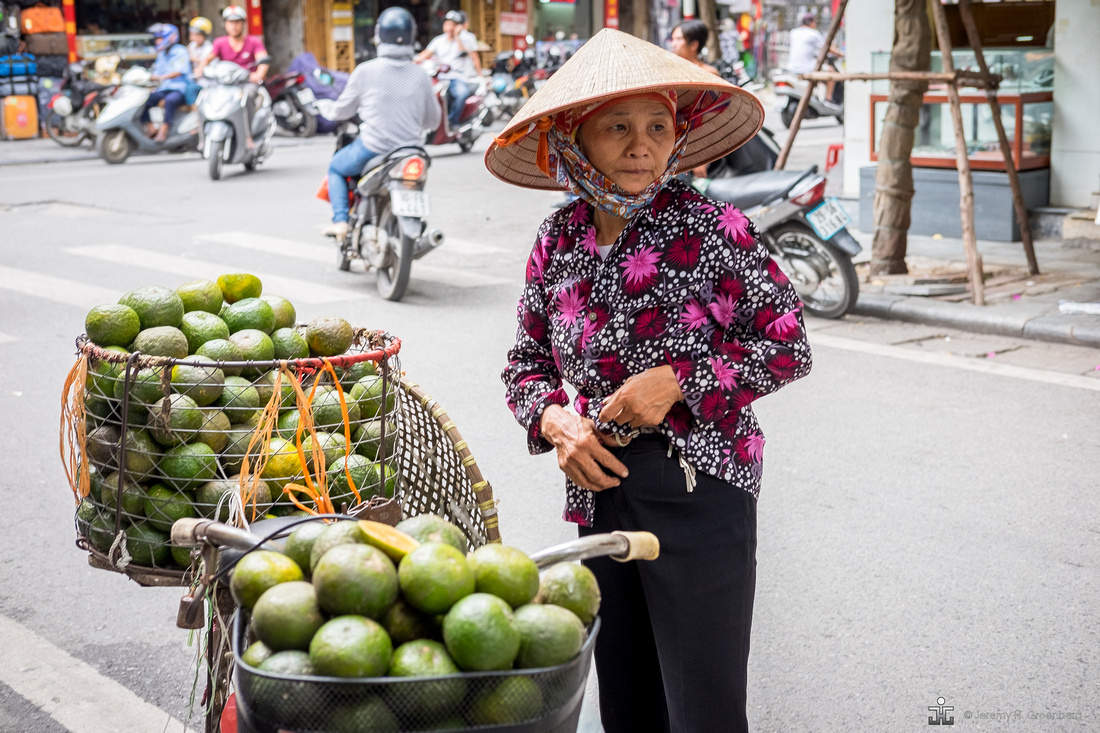

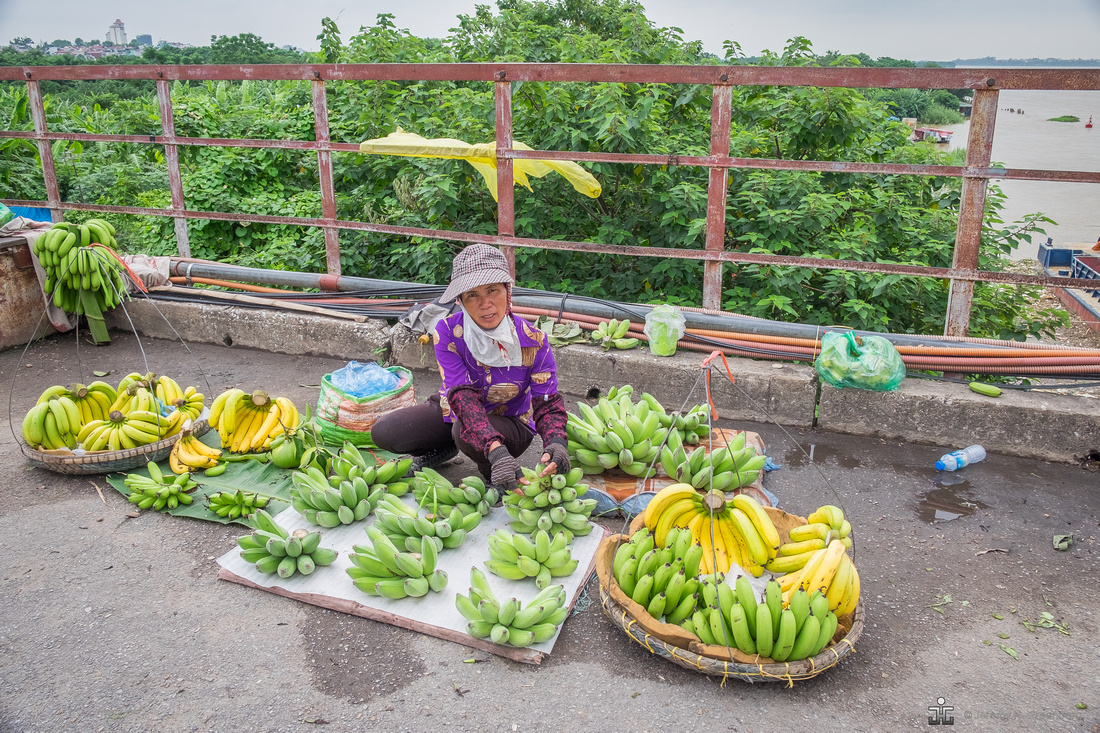

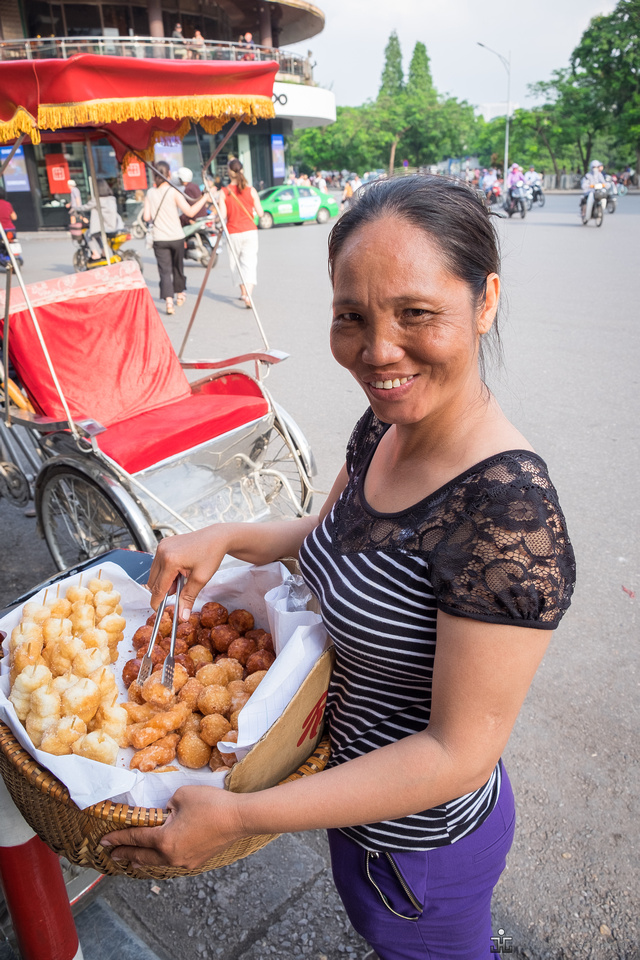

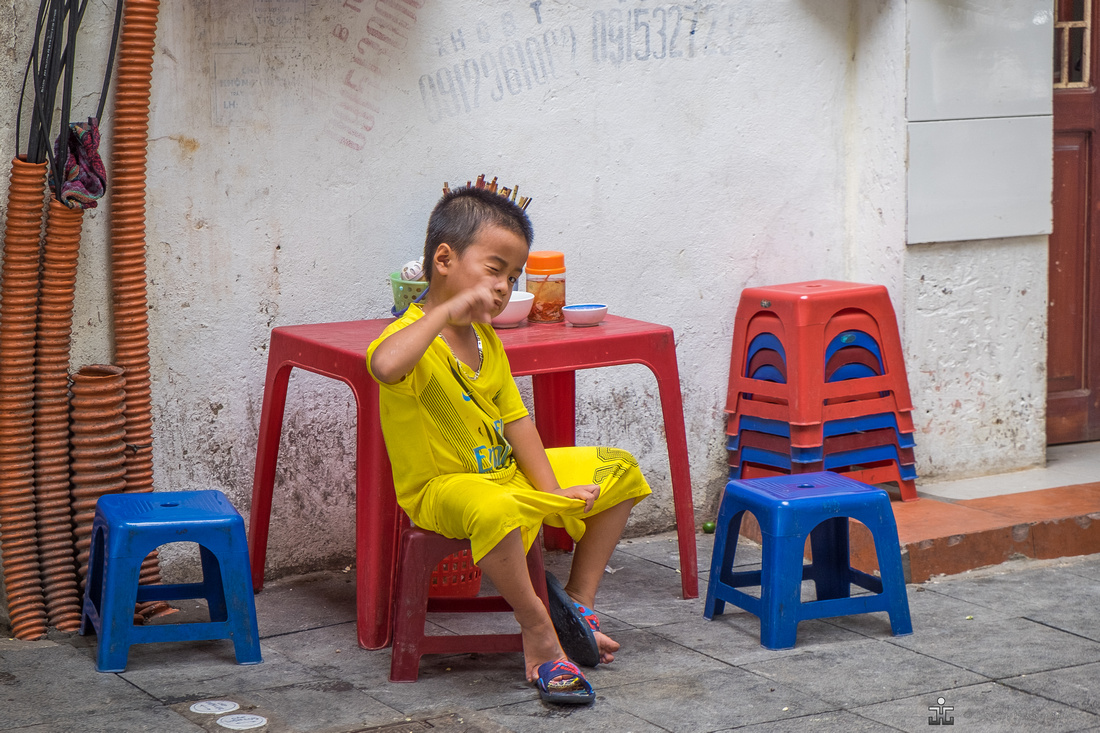

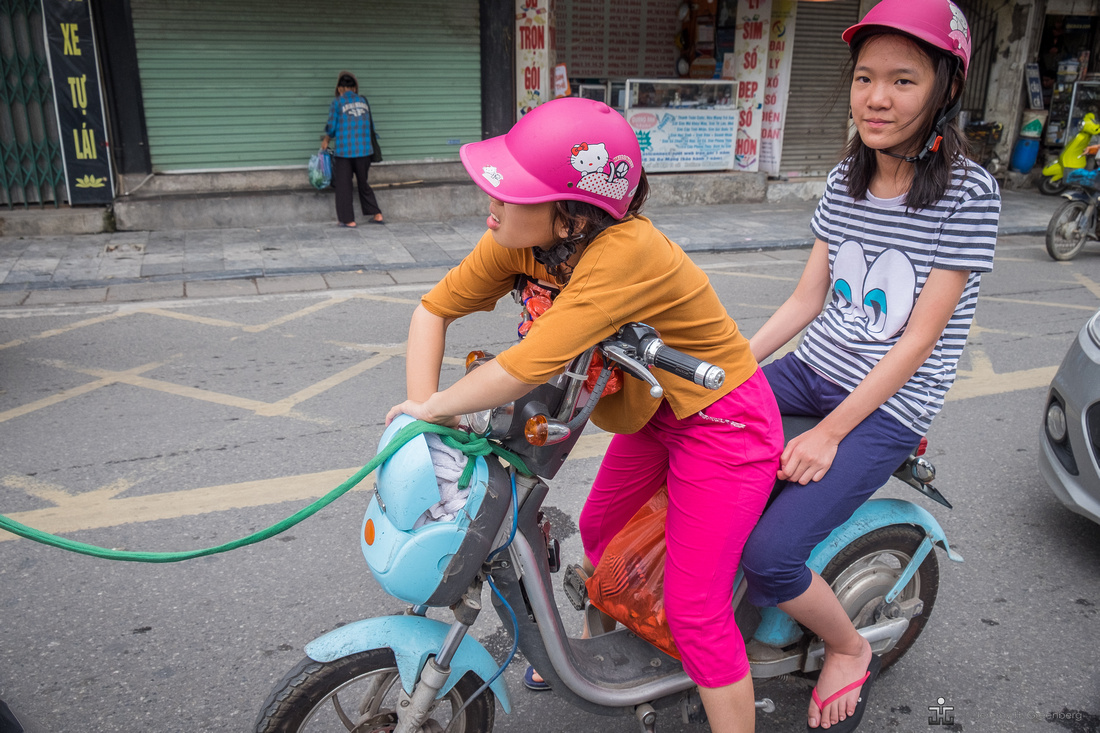

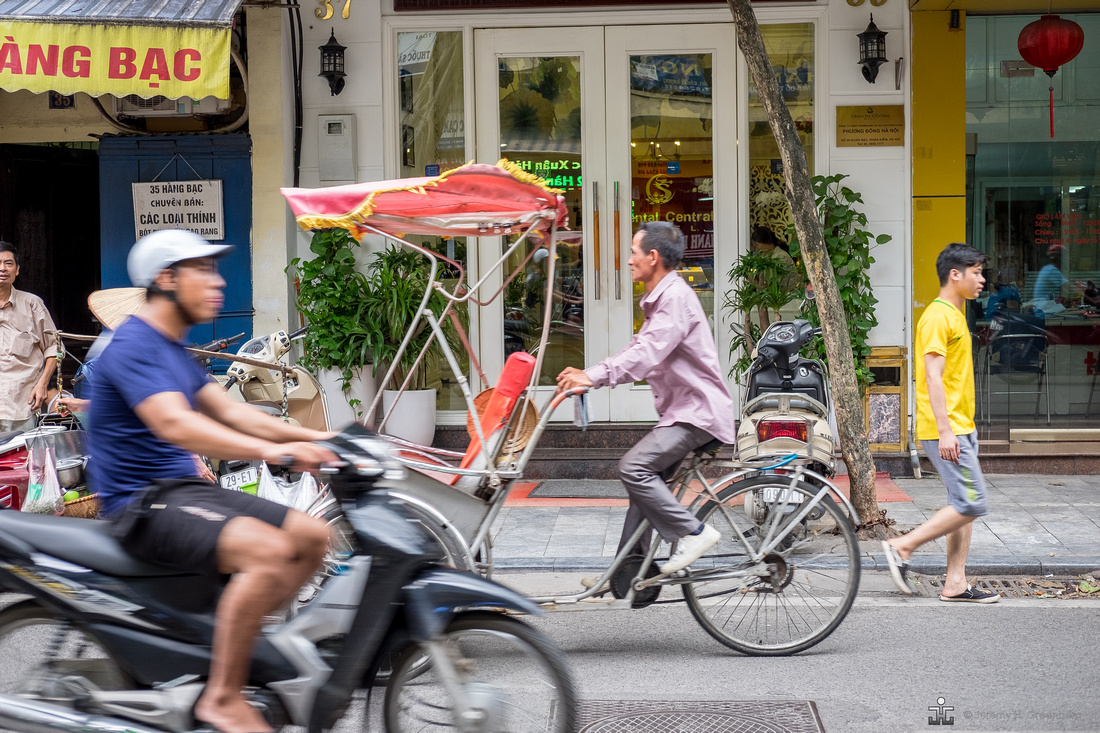





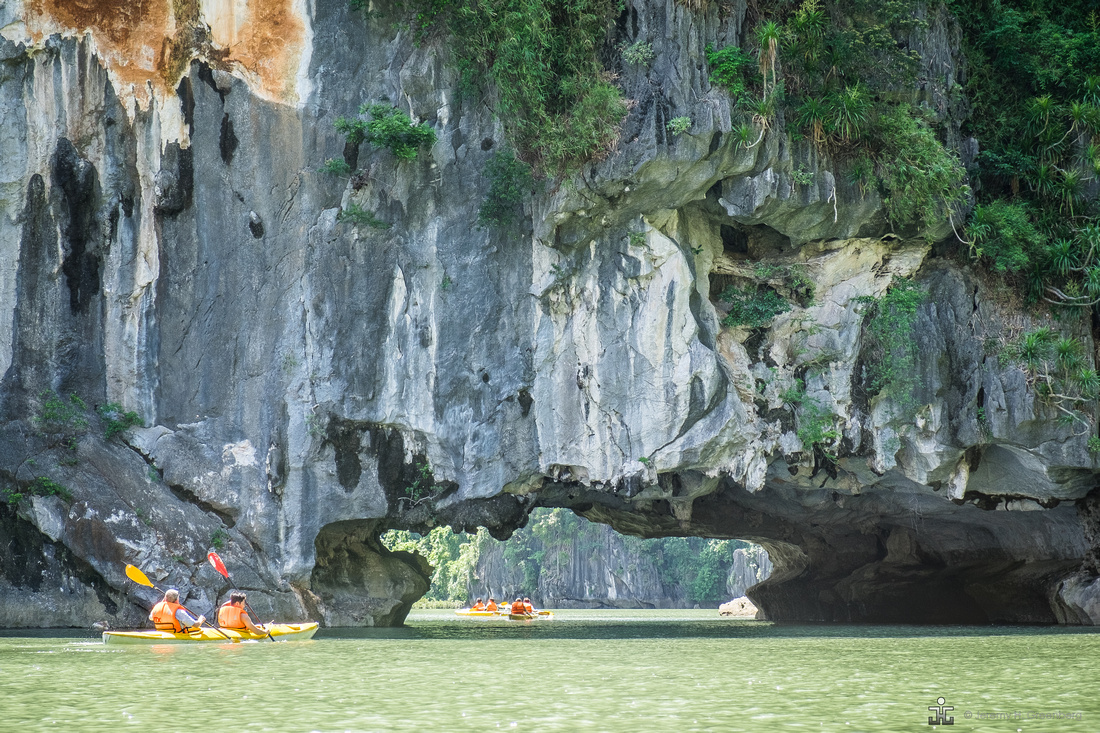



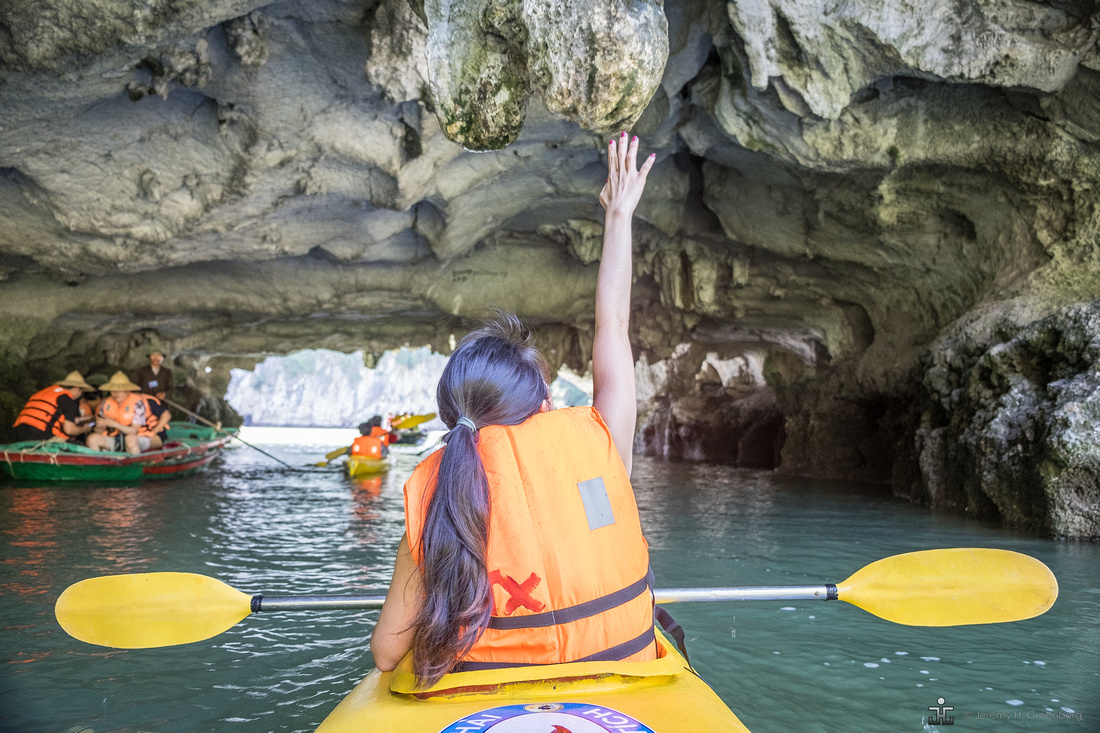

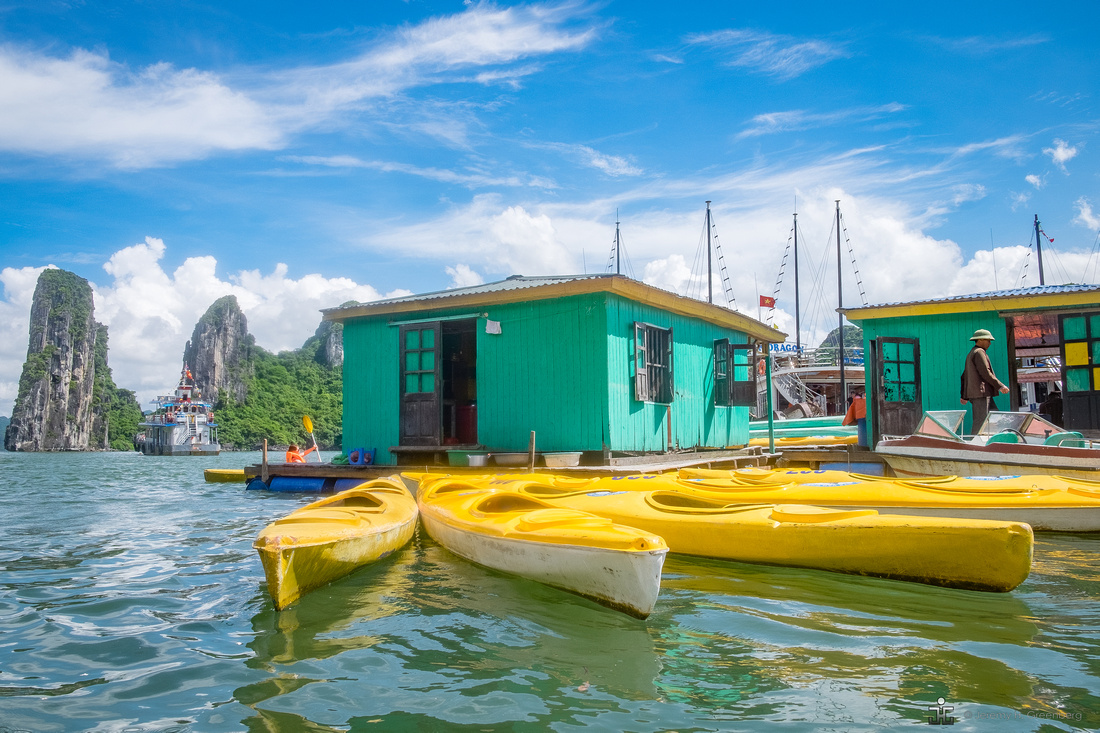

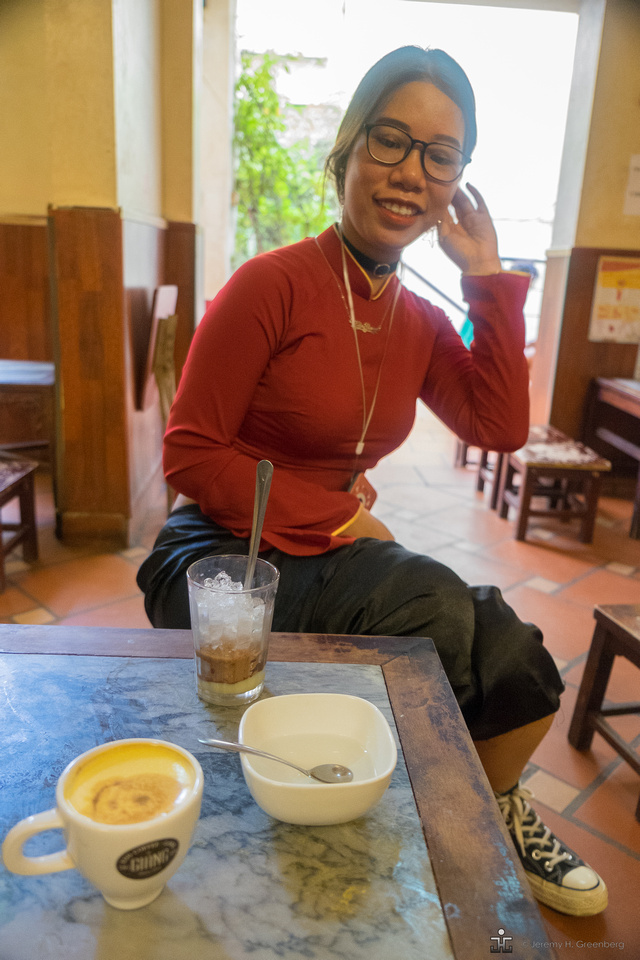

Blog #64 Summer is for More Travel (Miami)
Blog #64 Summer is for More Travel (Miami)
In the second of a series of three blog posts on travel. The previous post was about travel with the intention of giving you some food for thought on how to approach making images while travelling. Looking from the outside in can only reveal so much. As travellers we have some natural limitations that we need to try to overcome in order to capture the essence of a place. Meeting people and experiencing places that are off the beaten path can reveal more about a place than the typical tourist might see.
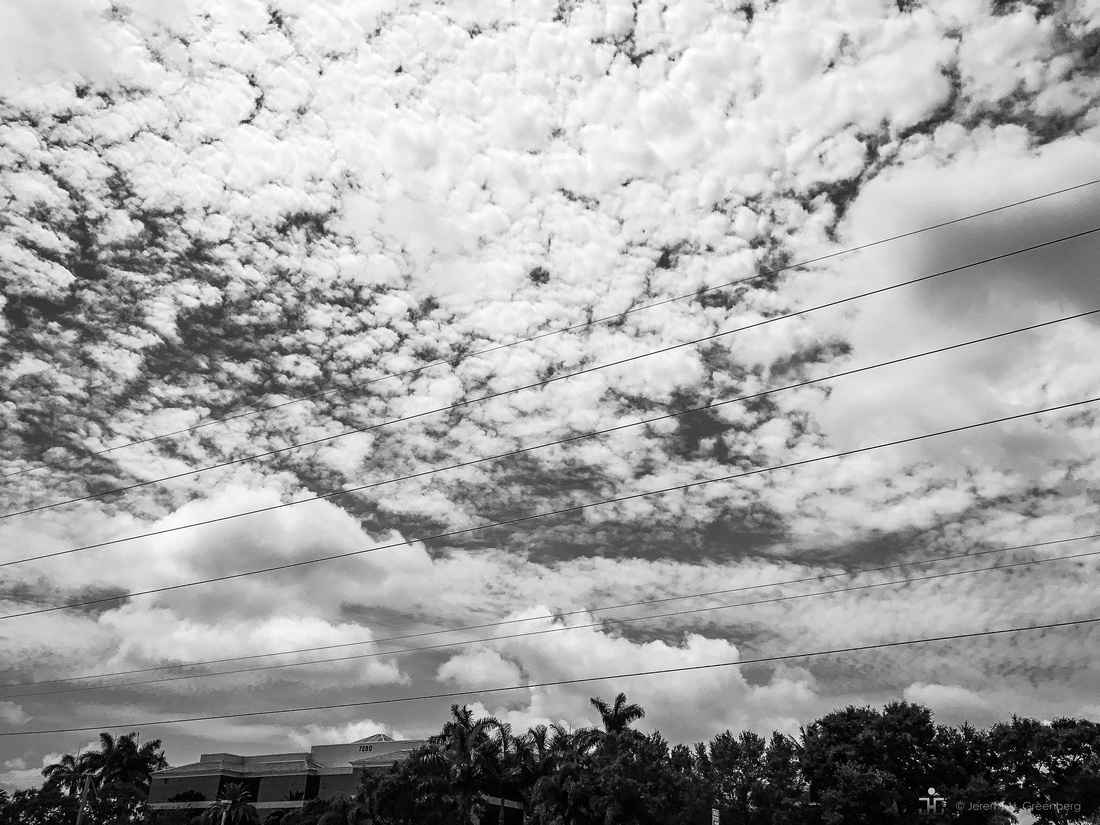

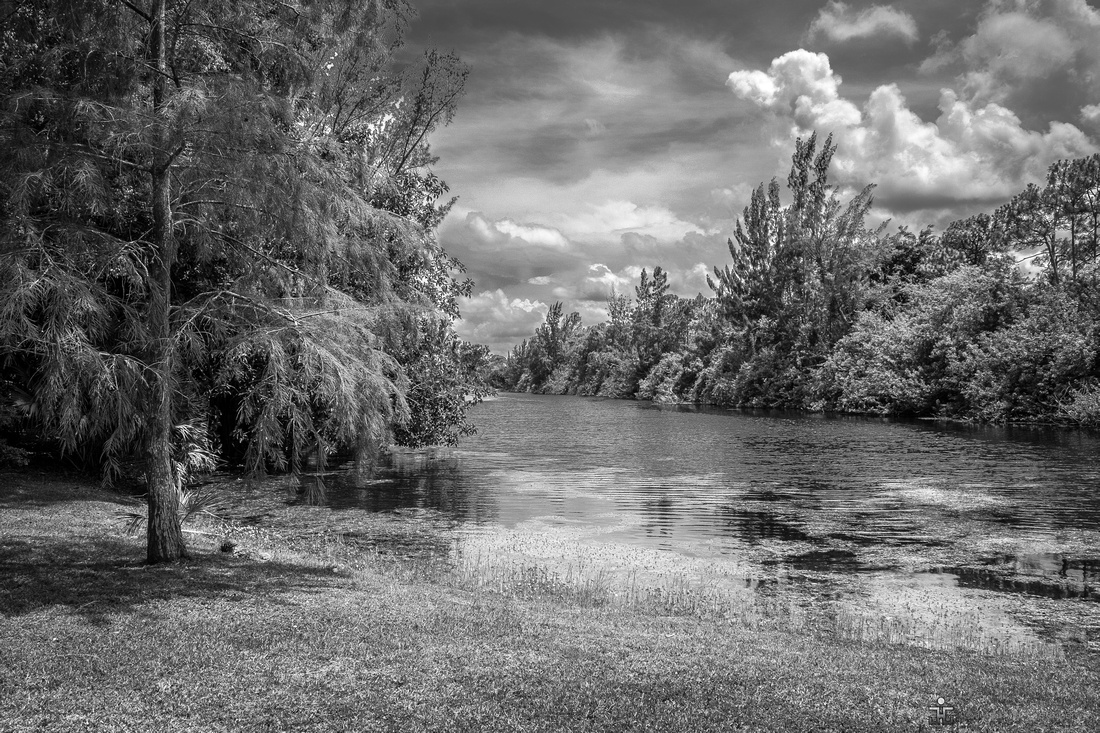



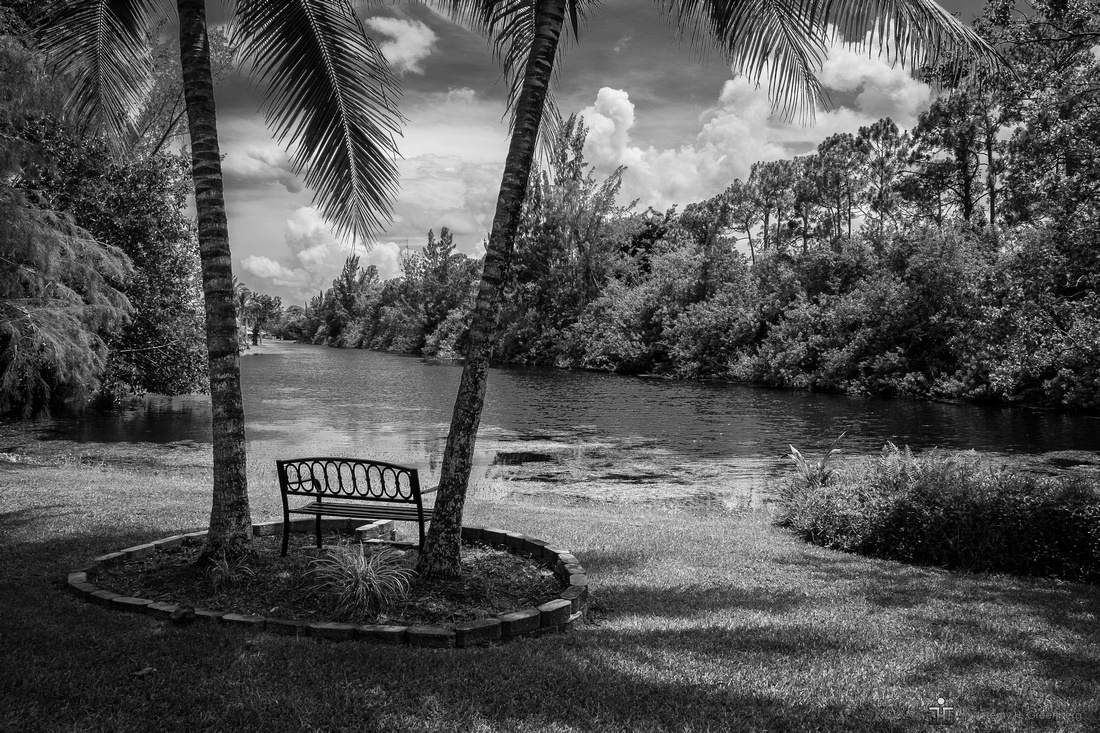

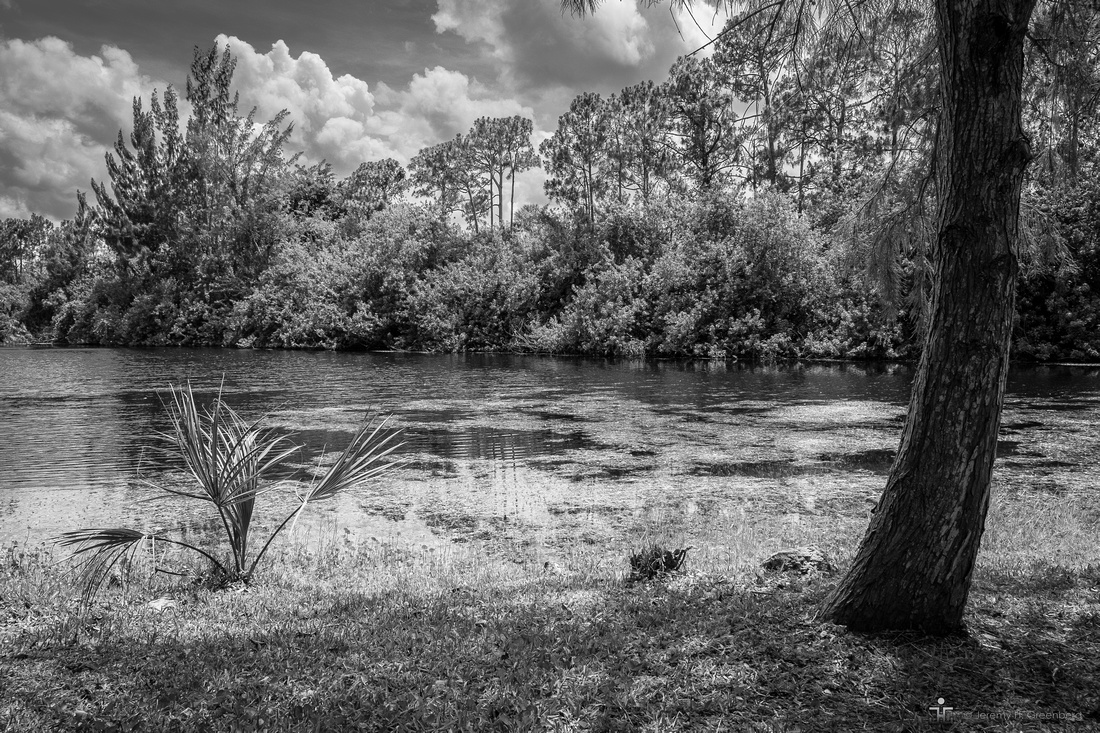

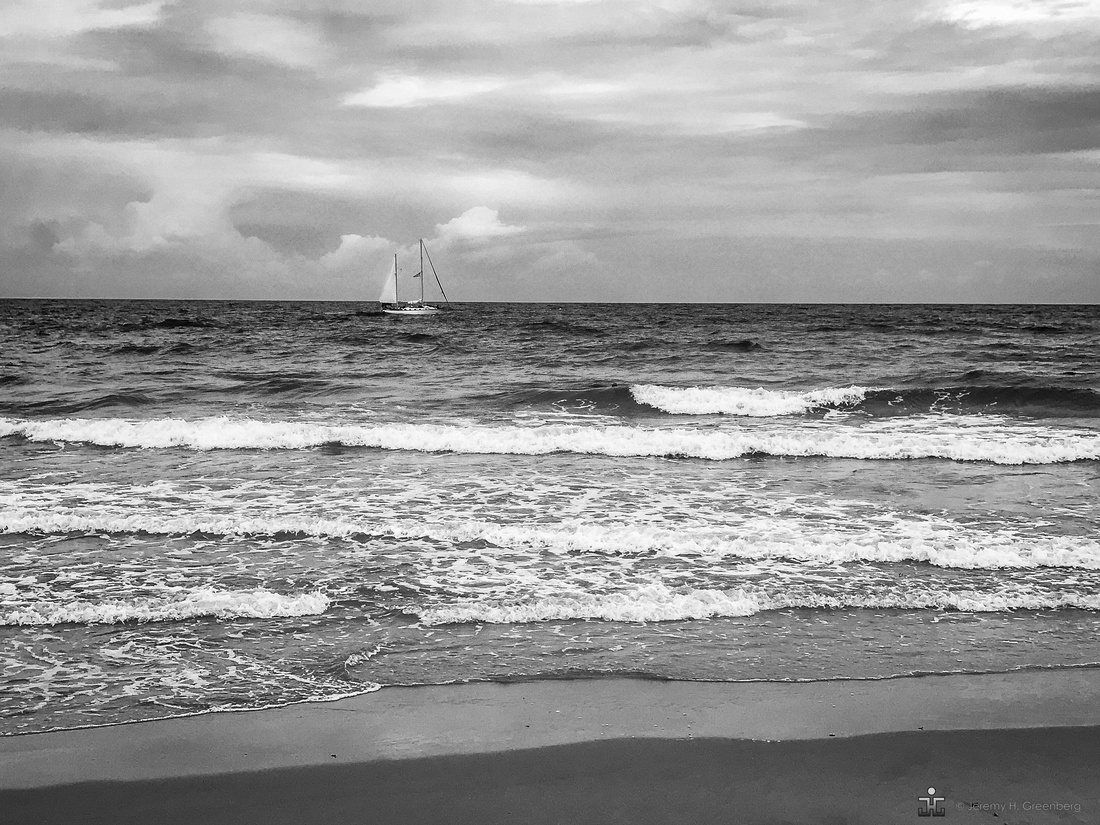

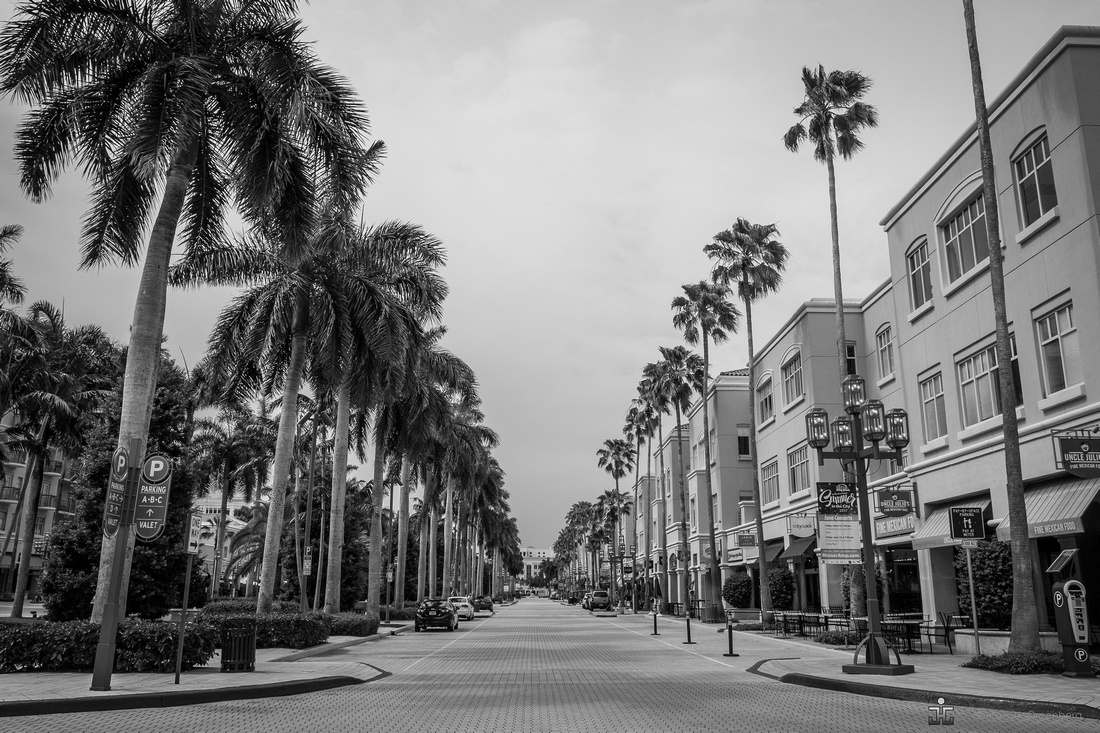
 In my case, on a recent visit to Miami, I stayed with family and was able to shoot some images of nature at my brother’s house that most people would never get to see. These, I have posted in black and white along with some color images from around town that I thought worked for various reasons. Travel is great and travelling with a camera gives a new vantage point for the traveller.
In my case, on a recent visit to Miami, I stayed with family and was able to shoot some images of nature at my brother’s house that most people would never get to see. These, I have posted in black and white along with some color images from around town that I thought worked for various reasons. Travel is great and travelling with a camera gives a new vantage point for the traveller.
For the record, I did ask permission of the cigar store owner to make his portrait. I chatted with him for a bit and learned that his son was also a photographer working in New York. He was a nice guy and if you’re ever on Las Olas Boulevard in Fort Lauderdale, check him out. The smokes are primo! I would also highly recommend the NSU Art Museum and Boca Raton's Art Museum as well.
The light is always right.
jhg
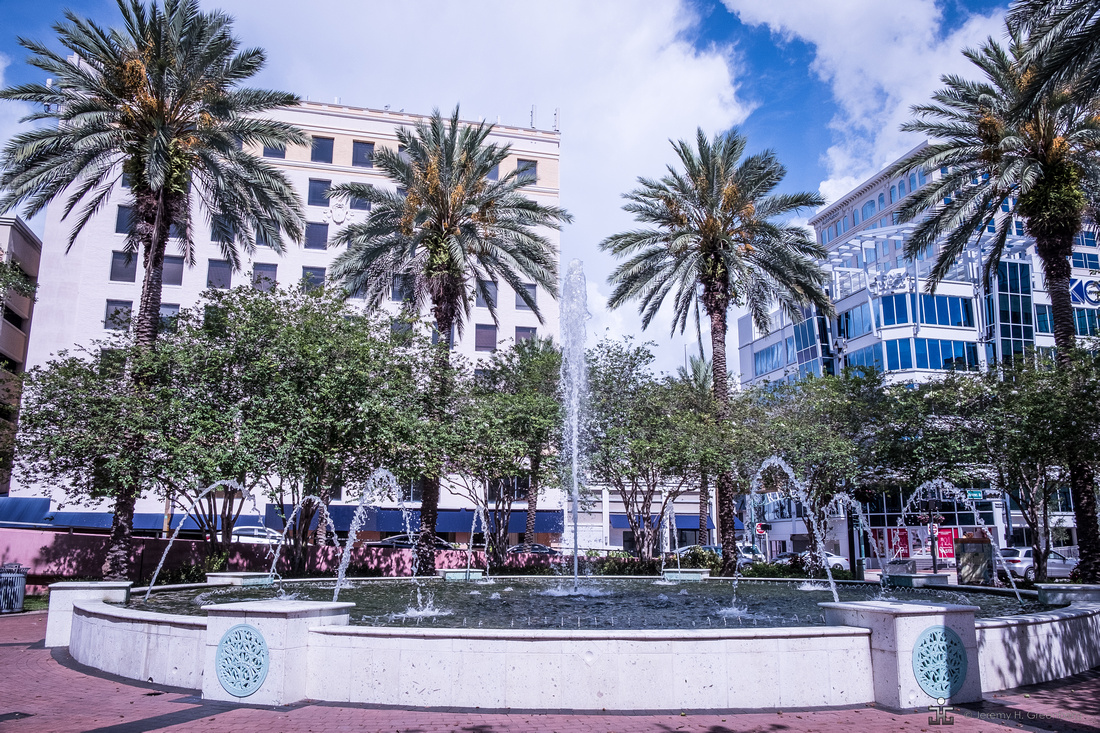







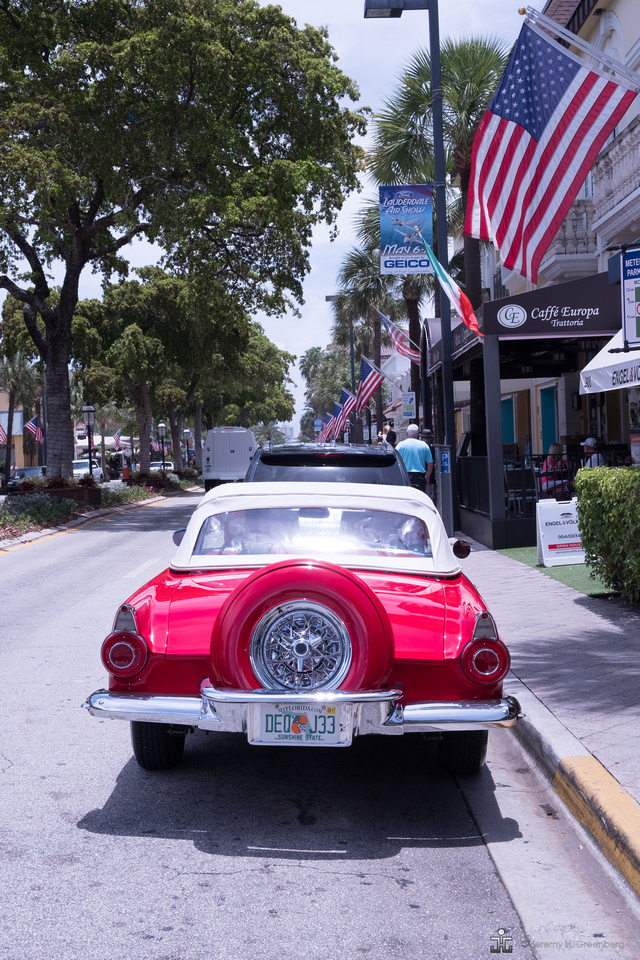

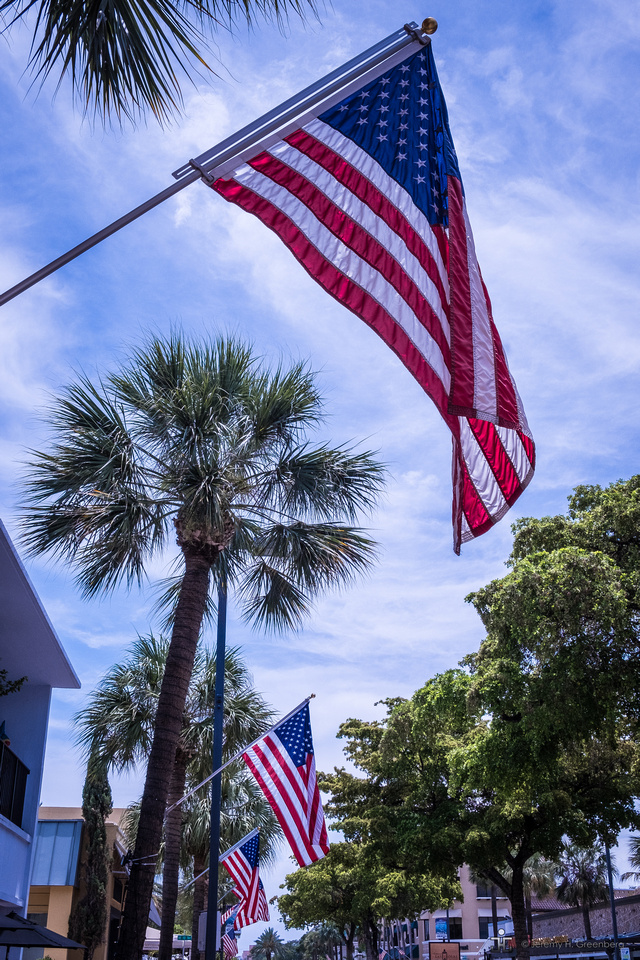

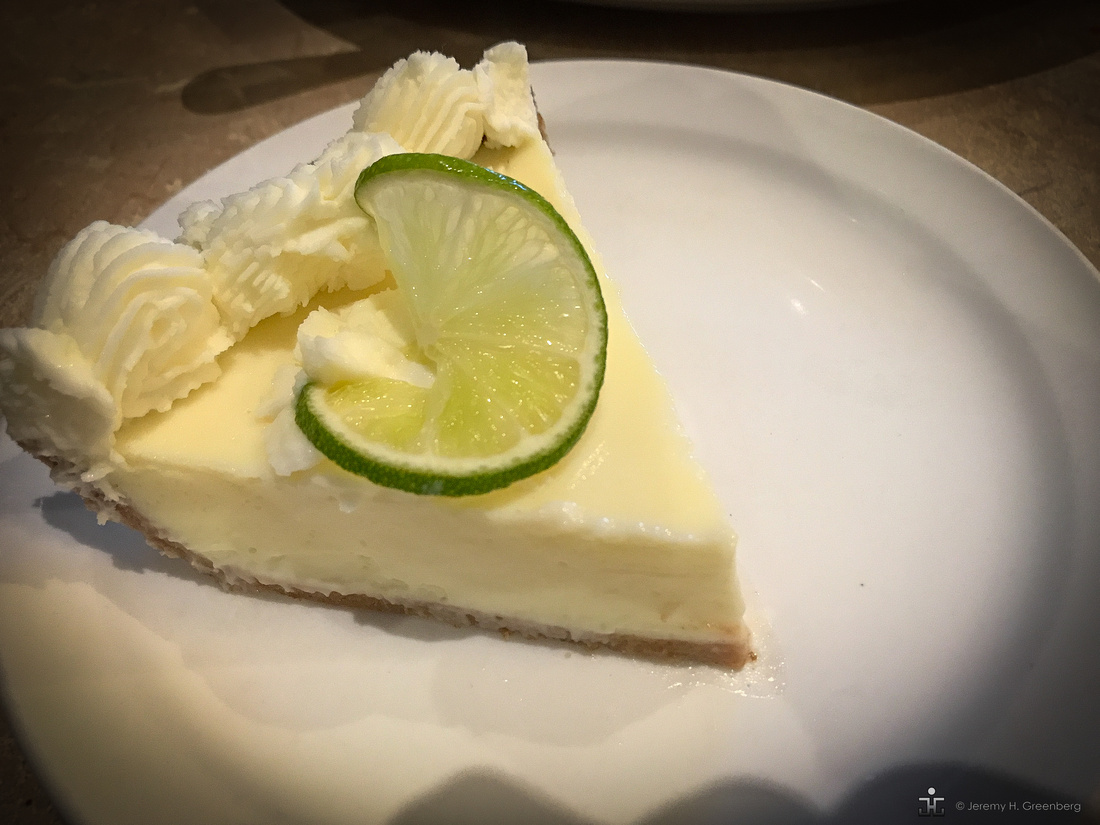

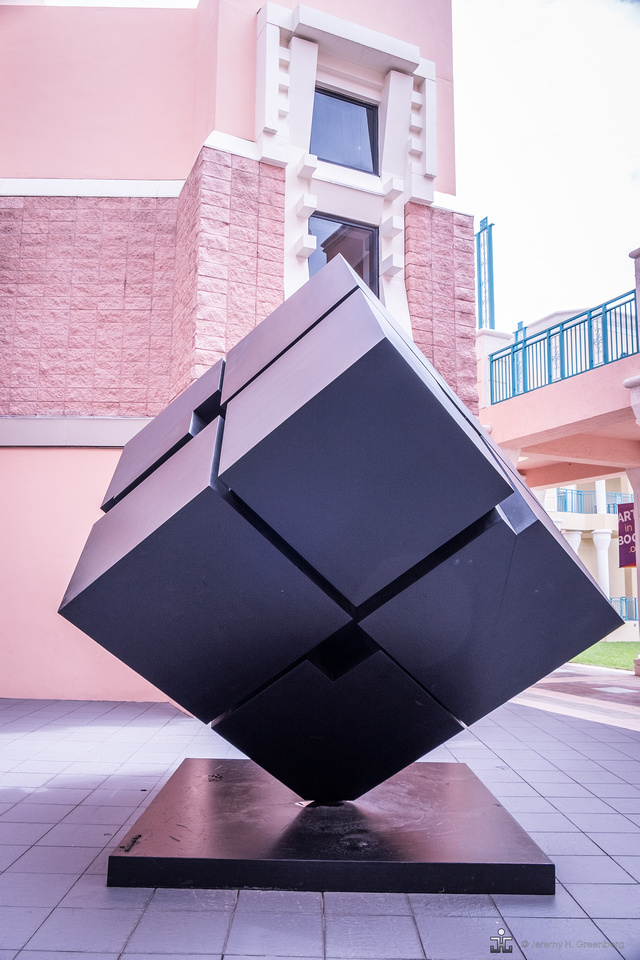

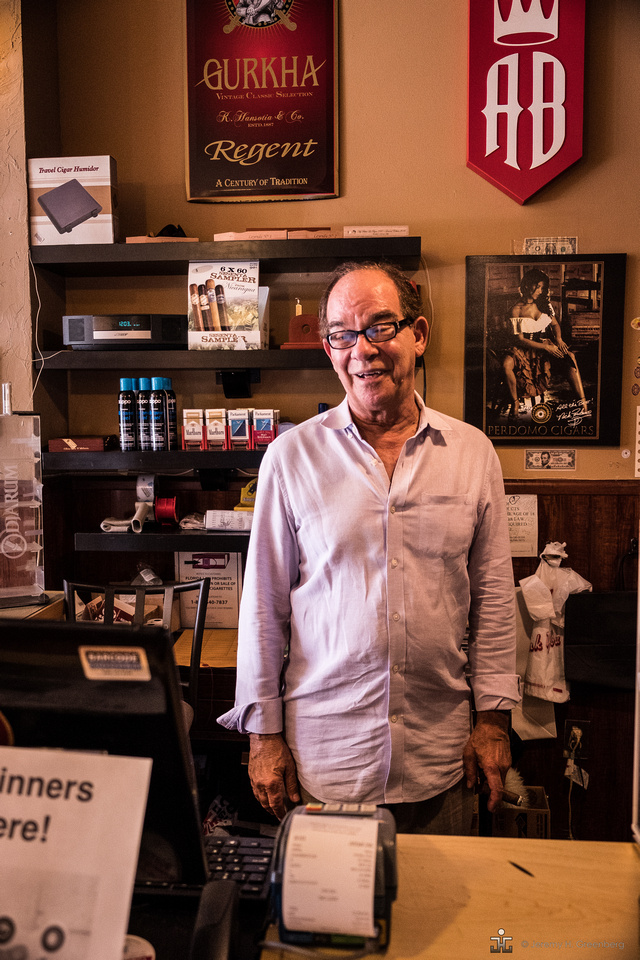

Blog #63 Summer is for Travel (Denver)
Blog #63 Summer is for Travel (Denver)
As mentioned in the previous blog post, this is first of a triple series, Summer is for Traveling. In the last blog, I posted some photos that were made from my window seat on the plane. They were mostly of clouds and some particularly interesting farm lands around the middle of America that look like a patchwork quilt. These were shot while flying from Denver to Miami. The world looks much different from 35,000 feet and the fresh perspective is cool and different much like the new trend of drone photography. Have you ever wondered how long that trend will last?
Here, I’ll share some photos of Denver, the Mile High city in the first of a three-part series on travel.
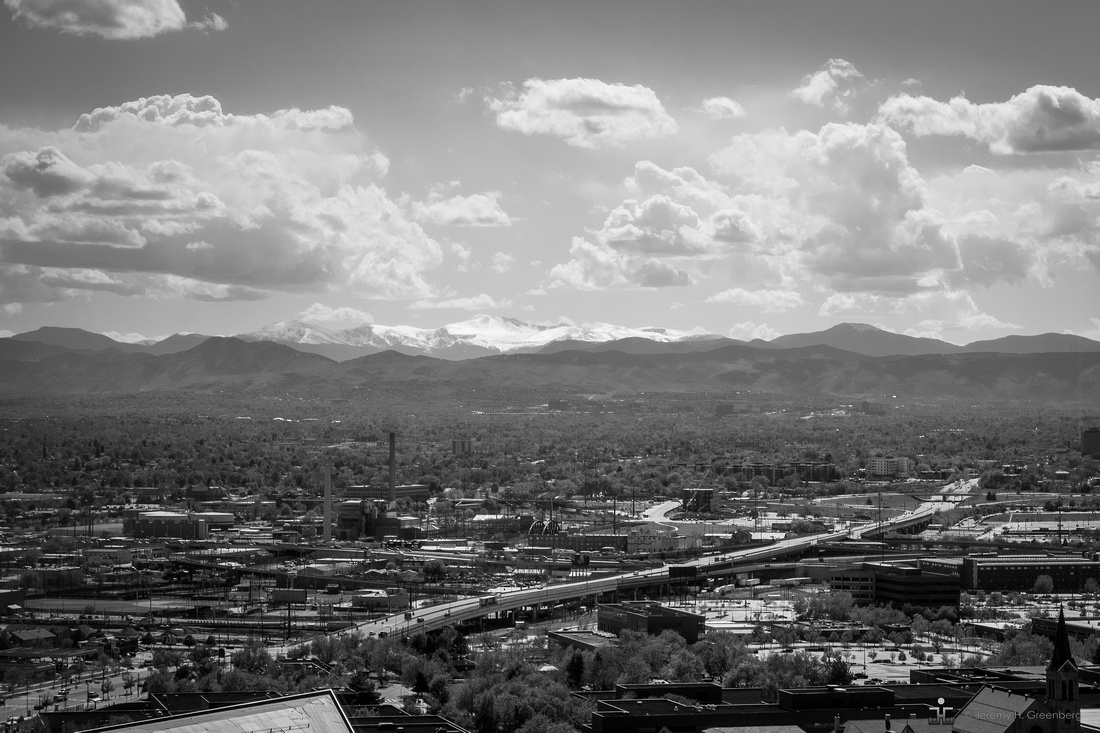

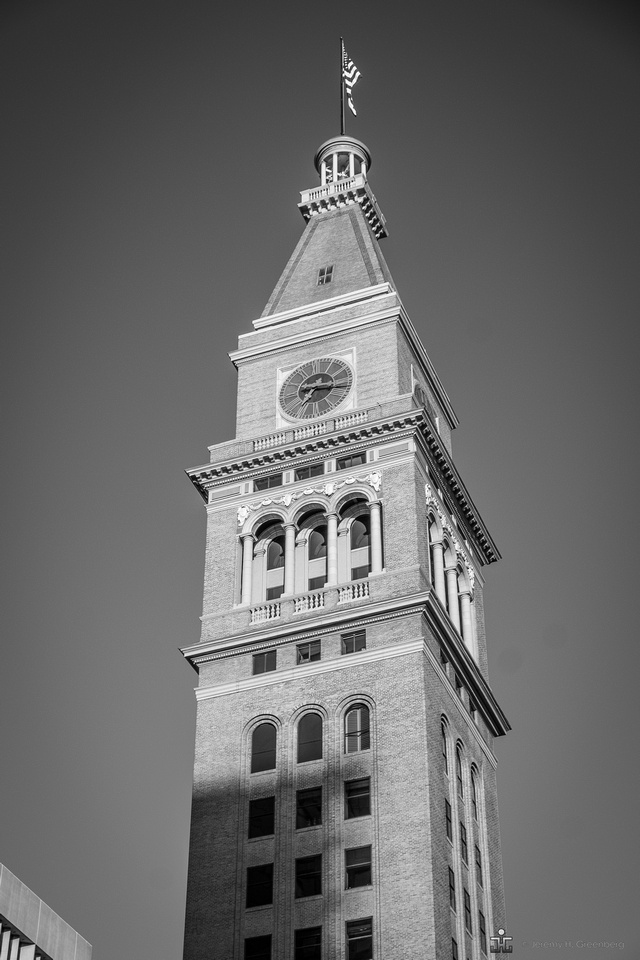

A few relevant questions to ponder while traveling is what type of images will you shoot? Of course there is nothing wrong with the quintessential travel snapshot that we all shoot as regular human activity. However, some of us seek to push that boundary and go beyond.
How does one capture the essence of a place? There are some characteristics of the people from a place that may describe some of this essence or spirit of the people. Fashion, dress, or occupation can provide hints as to the nature of a sense of place and its climate or at least the climate at that time of year. Getting close to people, or hanging out with friends from a place can give a unique perspective and “insiders vantage point”. While this can be a real challenge as a foreigner and that challenge is compounded by language barriers, but it comes with the territory for the professional photographer.
Architecture and building façades can reveal the nature of a place as well. The building styles, shapes of the roofs, colors, and building materials can give hints about the uniqueness of a city, region, or country. Of course landmarks are an easy way to communicate elements of a city, but that’s taking the easy road. Give the viewer a little more work to do to figure out the context of the image. Keep them guessing. Make them work a little, but not to much. Avoid being too obvious or stereotypical in your images. There are some universals in many cities that could be anywhere, or at least anywhere USA. Might see the image and think “Somewhere in the mid-west of the USA”. That’s close enough. If the image screens “DENVER”! You’ve gone to far. Dial it back a bit.
I made these images in this post on a recent trip to Denver, Colorado, USA. There are both black and white and color. In general, I avoid posting both together as there seems to be some photography faux pas for doing so, but sometimes you need to break the rules to tell your story in the way that you want to tell it.
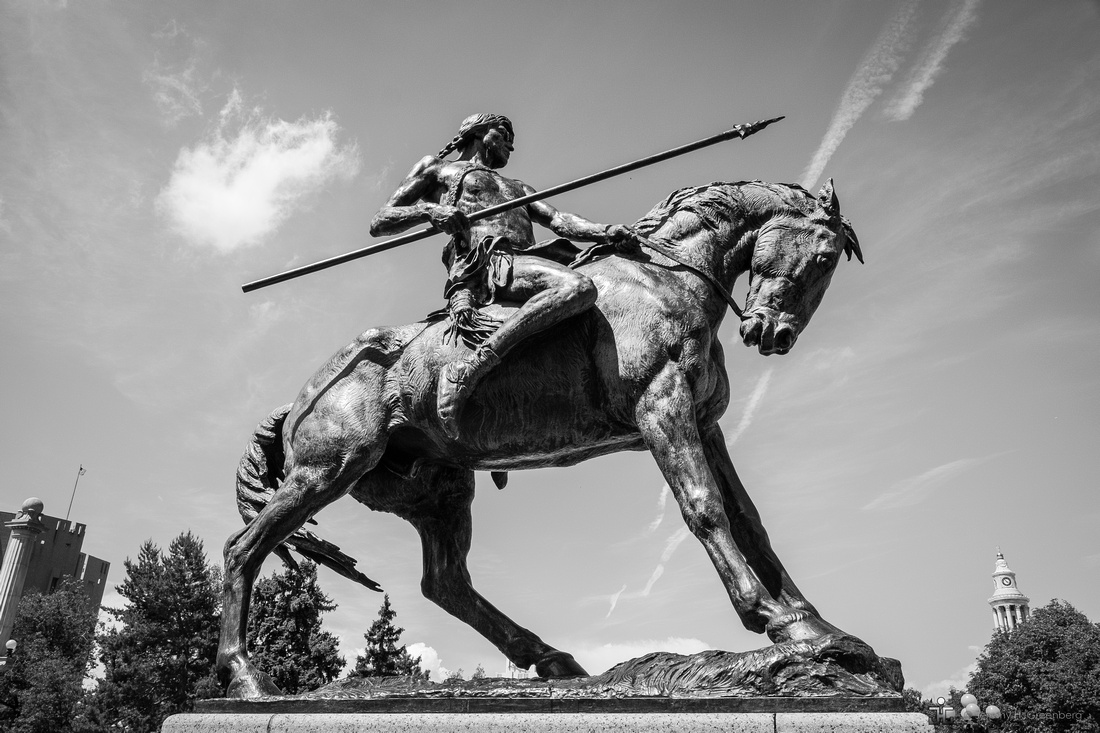

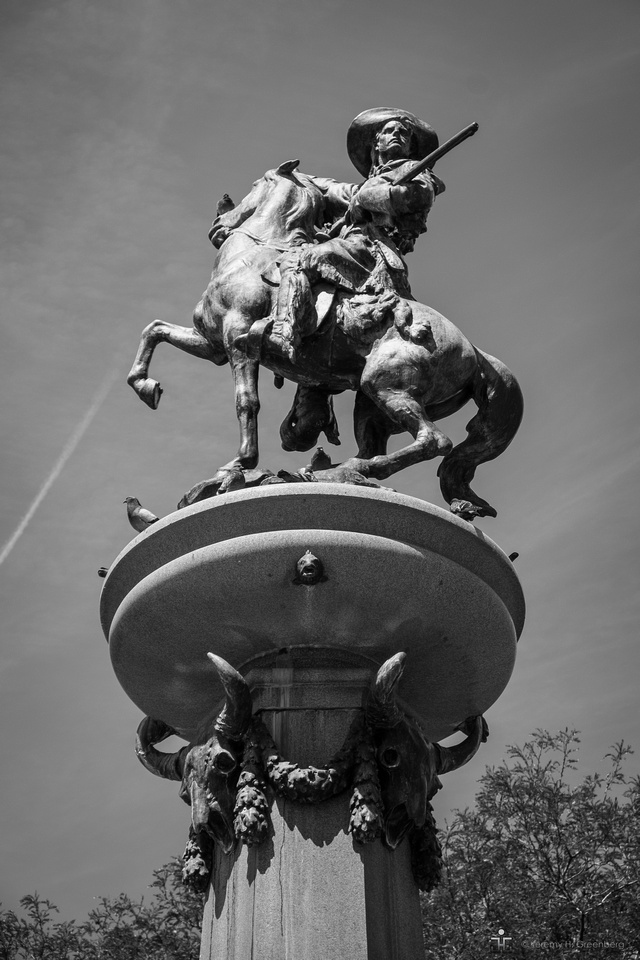



The final task in making travel images is deciding if you want to share them, with whom, and how many. Most would agree that 10-20 is plenty of images and appropriate for anything other than a book. I chose 19 that illustrate my adventures in Denver for about five days. I did see some friends while there and really enjoyed the place. Notice this post mentions cameras, lenses, and gear exactly zero times. This is intentional. Sometimes, it’s best to divorce ourselves from the discussion of the technical aspects of photography and focus on the story and the place, and the people. The rest can be rather academic. For more on this topic, check out Blog #58 on the subject of Micro & Macro Education.
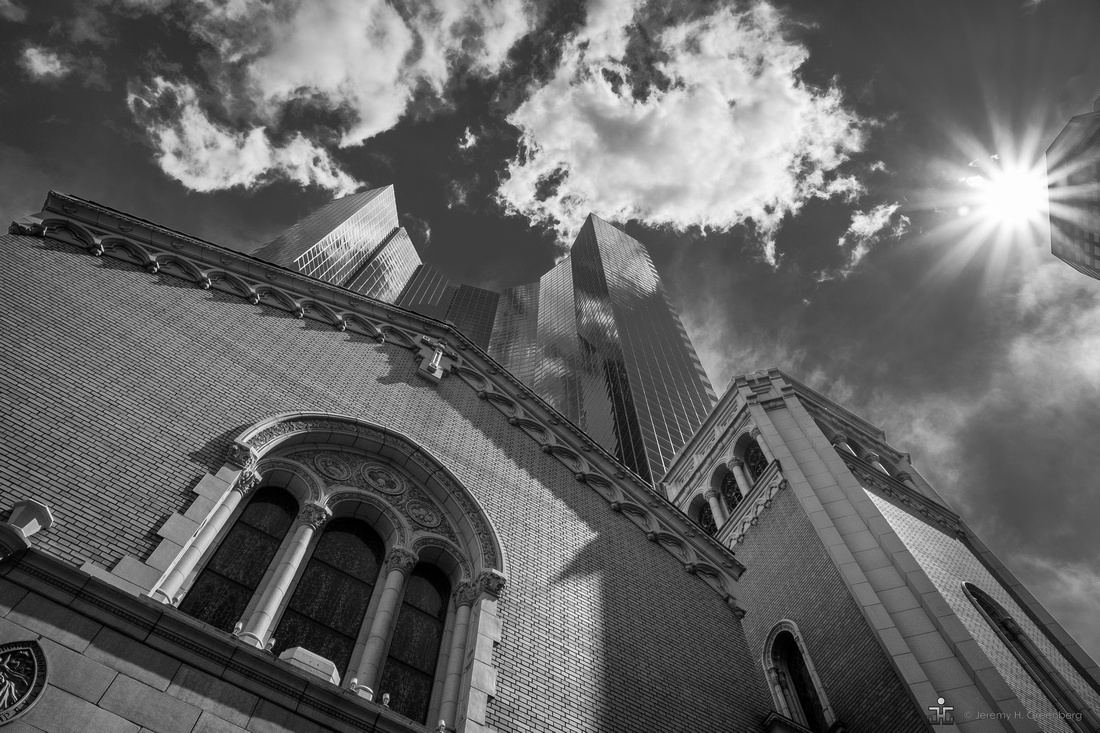

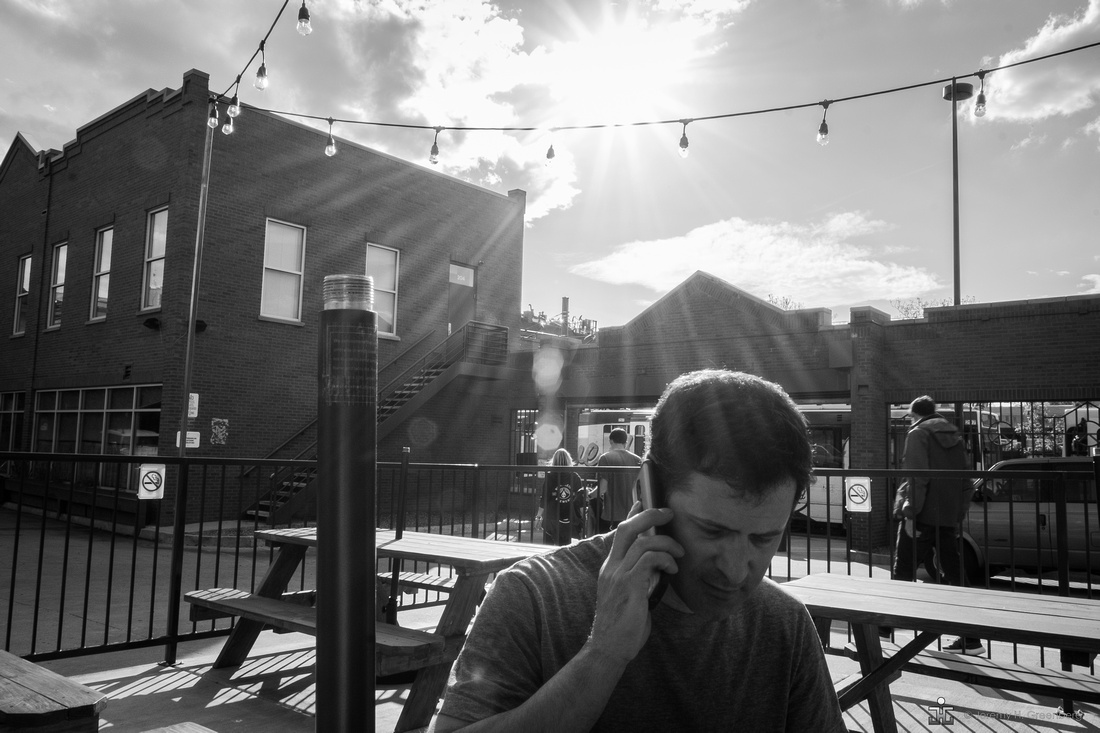

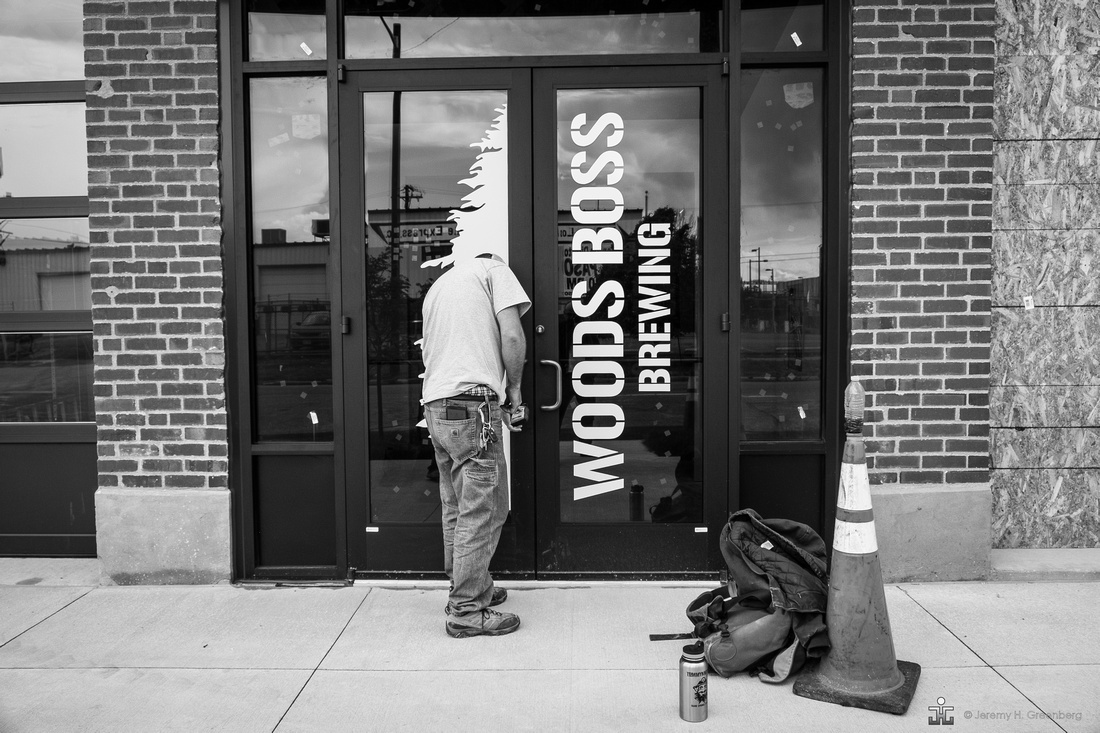

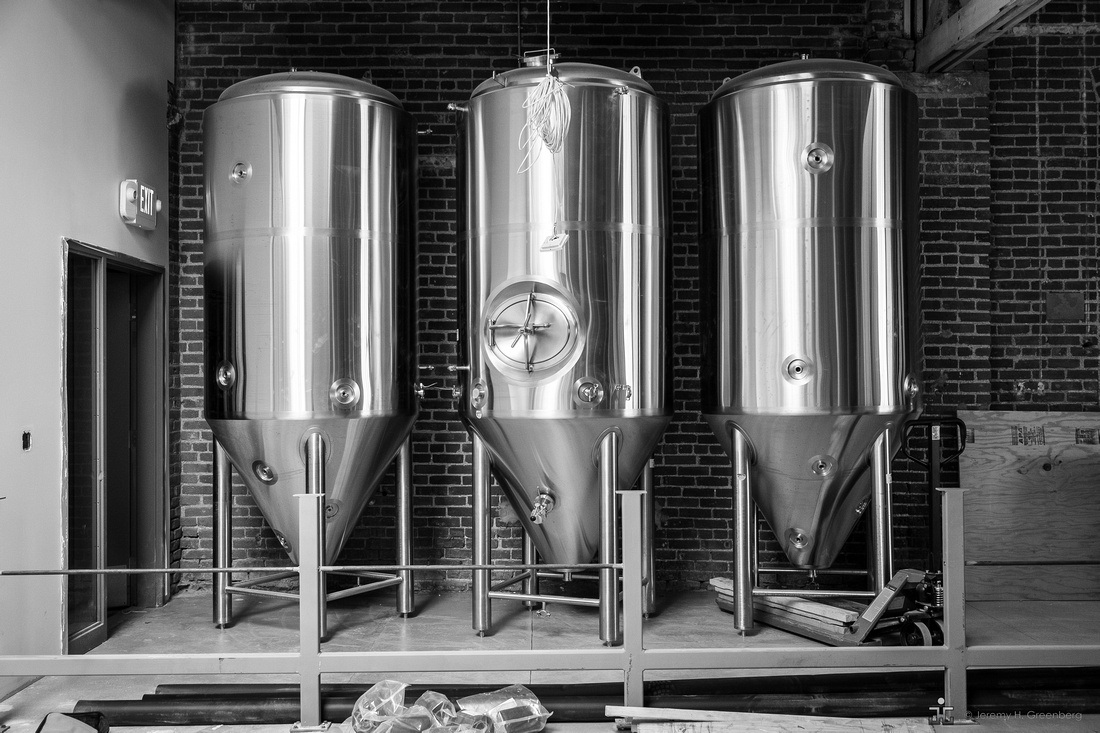

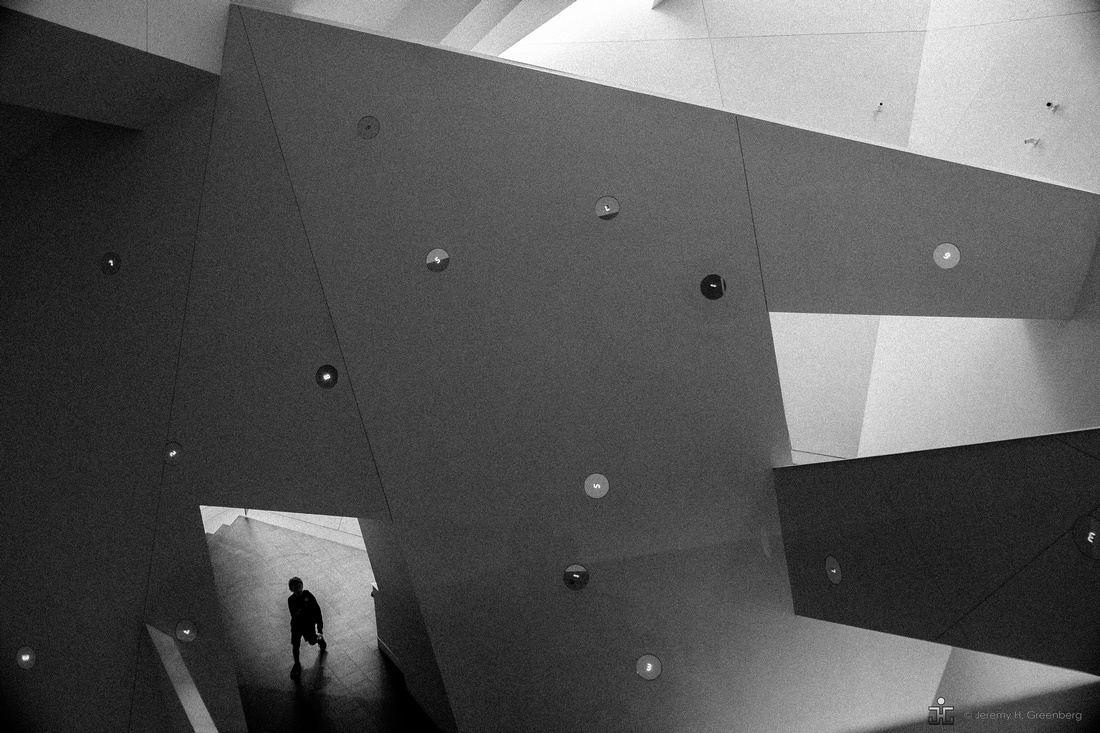

Until next time, remember, the light is always right.
jhg
